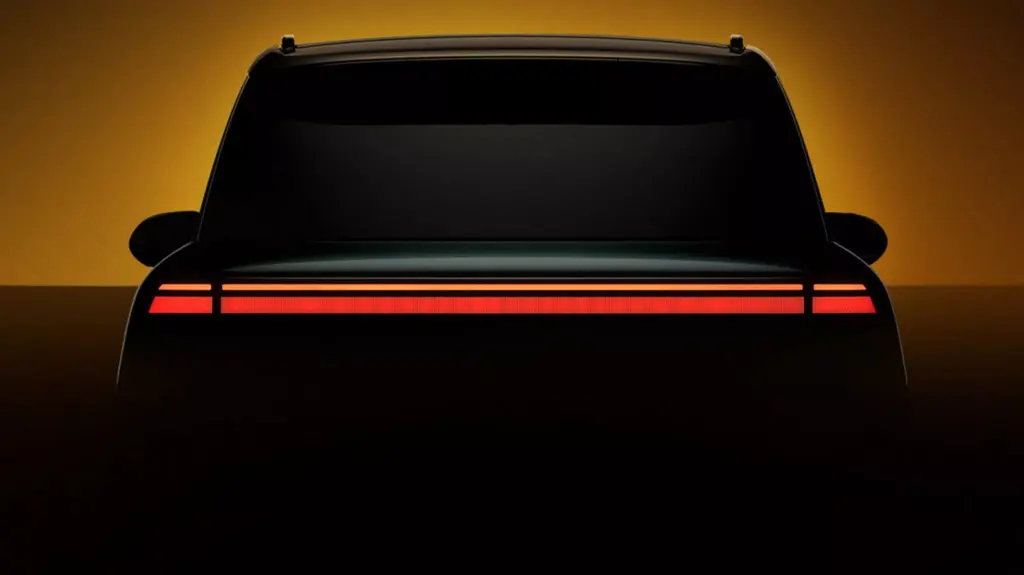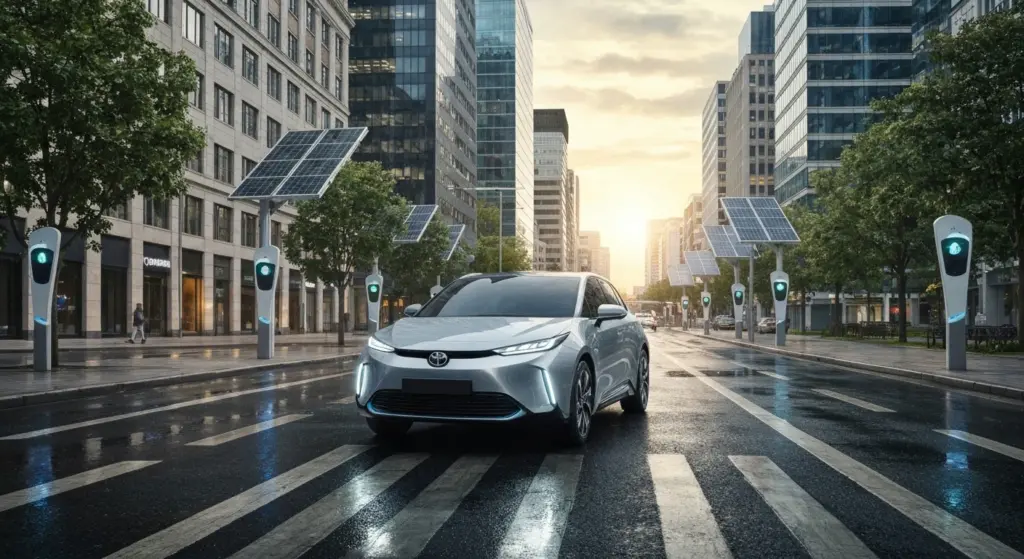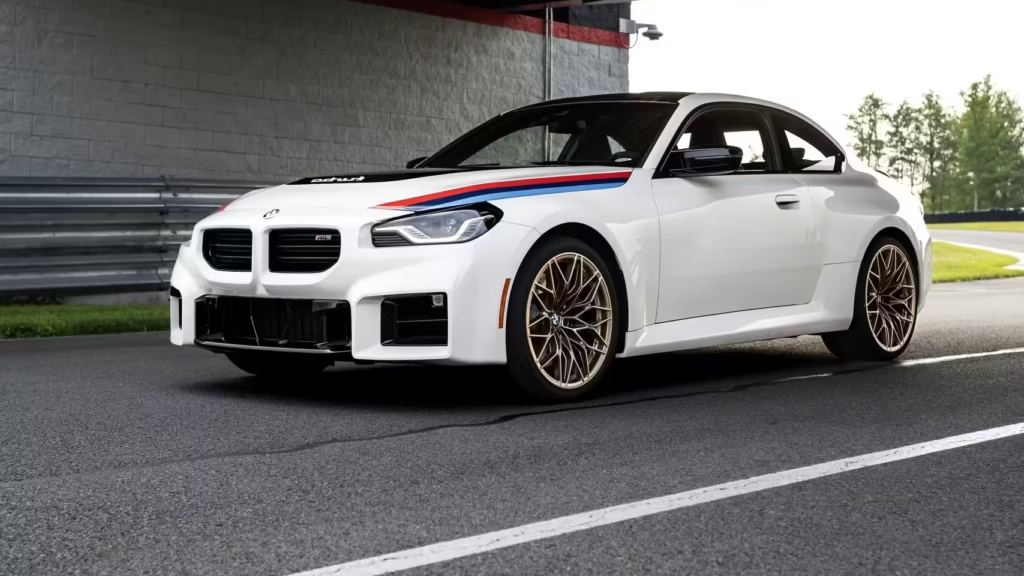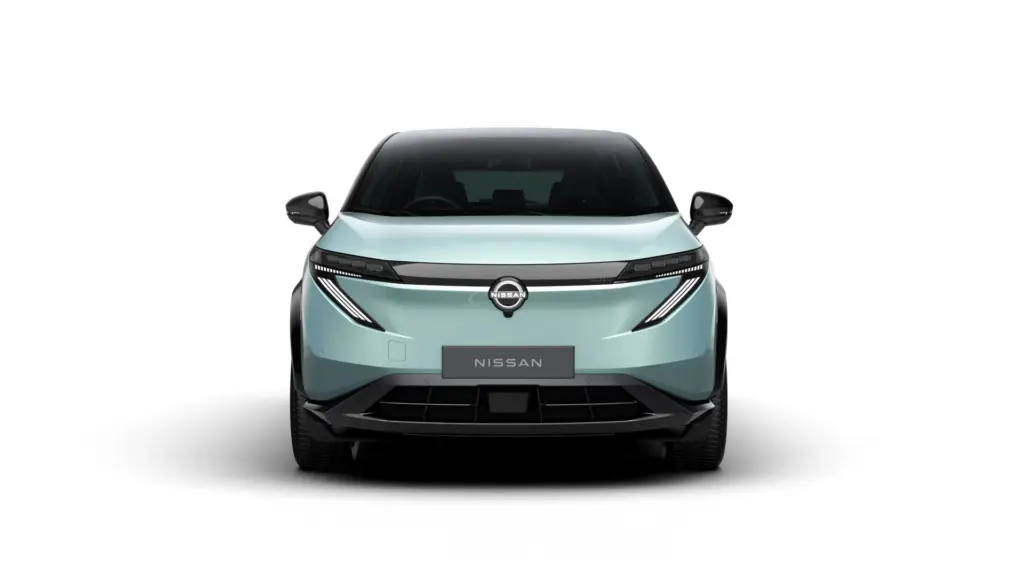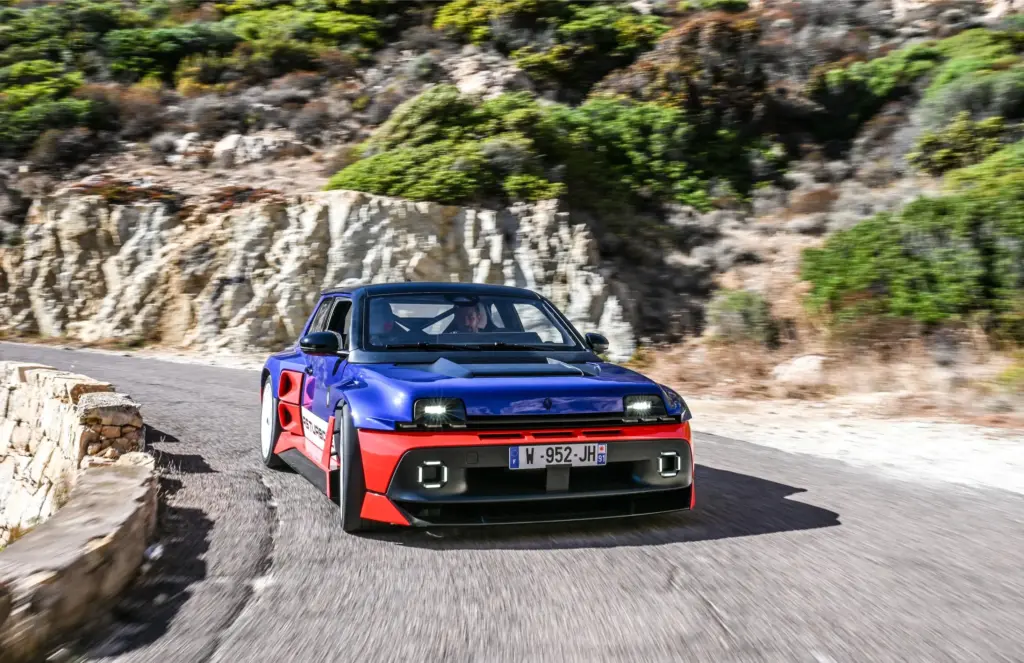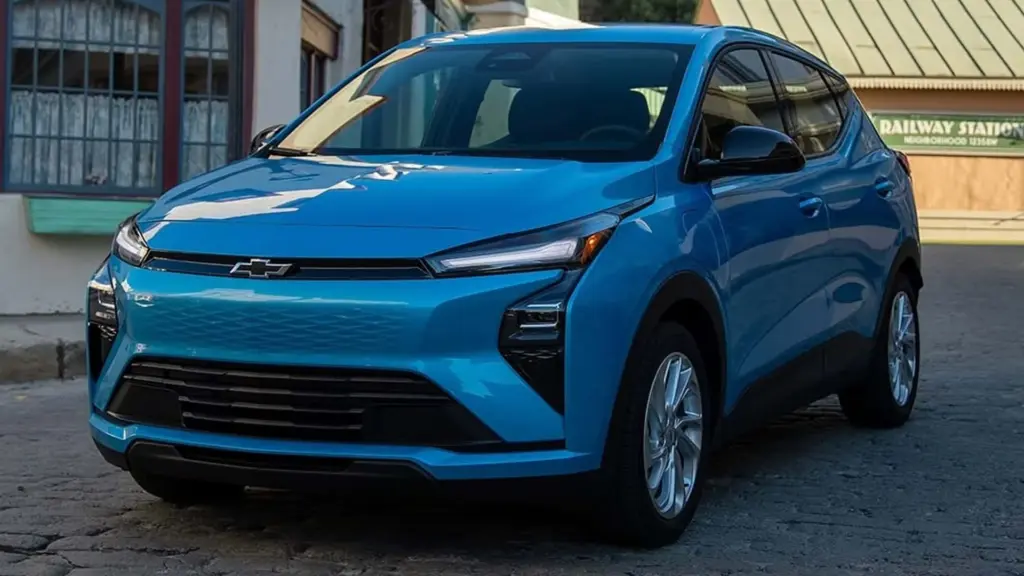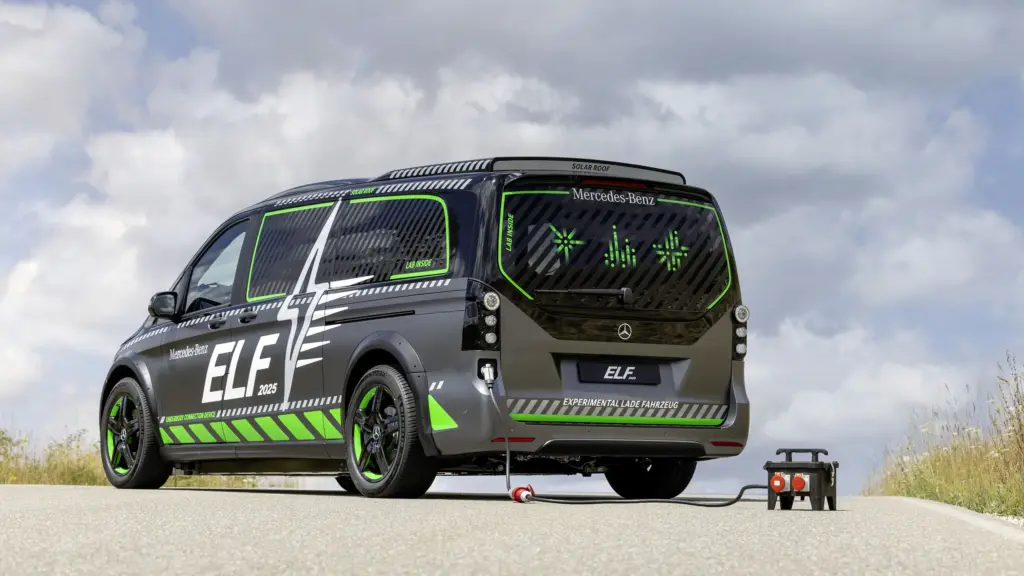Hey there, car enthusiasts! Today we’re diving deep into the world of the new 2025 Peugeot 308. The French brand has refreshed its compact hatchback with a stunning design, plenty of cutting-edge technology, and, of course, a HUGE focus on electrification. Does it have what it takes to compete with the heavy hitters?
Built on the versatile EMP2 modular platform, the 2025 308 offers an impressive lineup of powertrains – from gasoline and diesel to mild-hybrid and plug-in hybrid (PHEV) options. All while keeping the weight relatively low and boasting envious aerodynamics, with a drag coefficient (Cd) of just 0.28. Let’s uncover every detail of this machine!
Modern Platform and Captivating Design
The EMP2 platform isn’t just about engine flexibility. It significantly enhances the 308’s driving dynamics by allowing a lower center of gravity and optimized weight distribution. This results in a more agile car through corners and stable high-speed handling.
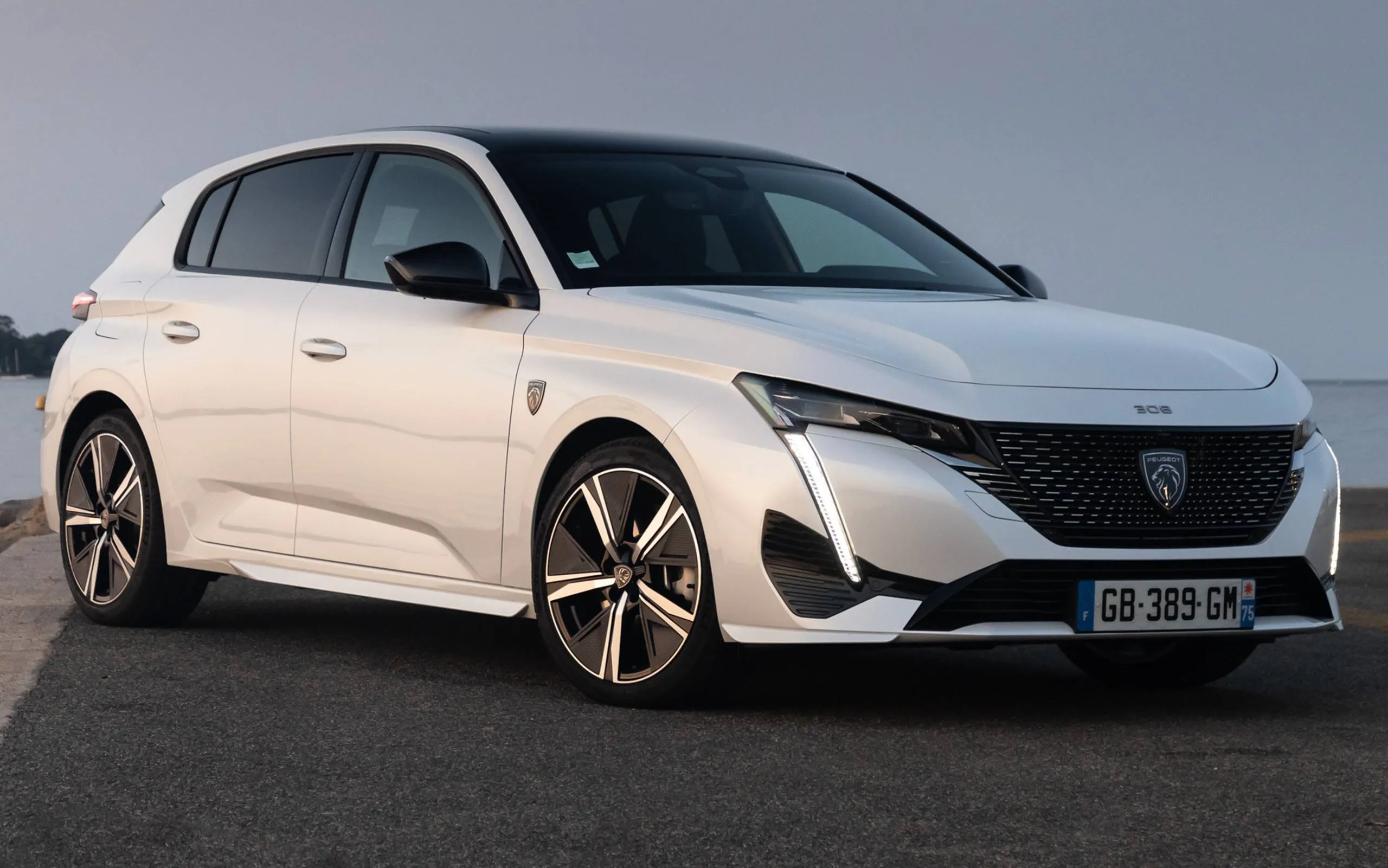
Visually, the 2025 308 is a showstopper. Peugeot has masterfully applied its new visual identity. The “full-width” front grille blends seamlessly with the sleek headlights featuring the famous LED “lion claws,” a direct heritage from its smaller sibling. Peugeot is making a strong push into electrification, which we see not only in this 308 but across the lineup, like the 2025 Peugeot 208, which also offers multiple powertrain options.
Engines for Every Taste: From Efficient to Powerful Hybrid
Peugeot really nailed it here. The diversity of powertrains is one of the 2025 308’s major assets. There are efficient gasoline PureTech engines (like the 1.2 Turbo) and robust diesel BlueHDi units (like the 1.5), both delivering around 130 hp in some trims.
The big news is electrification. The 48V mild-hybrid (MHEV) system paired with the 1.2 Turbo engine uses a 15.6 kW belt-integrated starter-generator (BISG) to assist during acceleration, enable a smoother Start-Stop function, and optimize fuel consumption, achieving estimated averages of 5.2 L/100 km (about 45 mpg US). The Plug-in Hybrid (PHEV) versions are the stars of the lineup. The new setup combines a 1.6 PureTech engine with an electric motor, producing combined power outputs of up to 195 hp (in the HYBRID 195 trim) or more in other variants. The 12.4 kWh battery (net capacity; newer versions have slightly larger gross capacities of 17.2 kWh and net 14.6 kWh, according to sources like Response.jp) enables an all-electric range of up to 49 miles (79 km WLTP) in the latest versions — an impressive figure for the segment!
Trims and Pricing: A Global Overview
The pricing for the 2025 Peugeot 308 varies considerably depending on the market and trim level. As expected, electrification bumps the price up.
In Europe, specifically the UK, the 308 PLUG-IN HYBRID 195 starts at £38,110 (roughly €44,600), while the station wagon (SW) begins at £39,310 (€46,000). In Japan, the lineup is broader, starting with the Allure 1.2 PureTech at ¥3,466,000 (about US$24,000) and reaching up to the GT HYBRID at ¥5,727,000 (around US$39,600). Diesel trims and special premium editions are also available. Note that exchange rates can fluctuate, and these figures are based on 2025 reference data (GBP-EUR and JPY-USD).
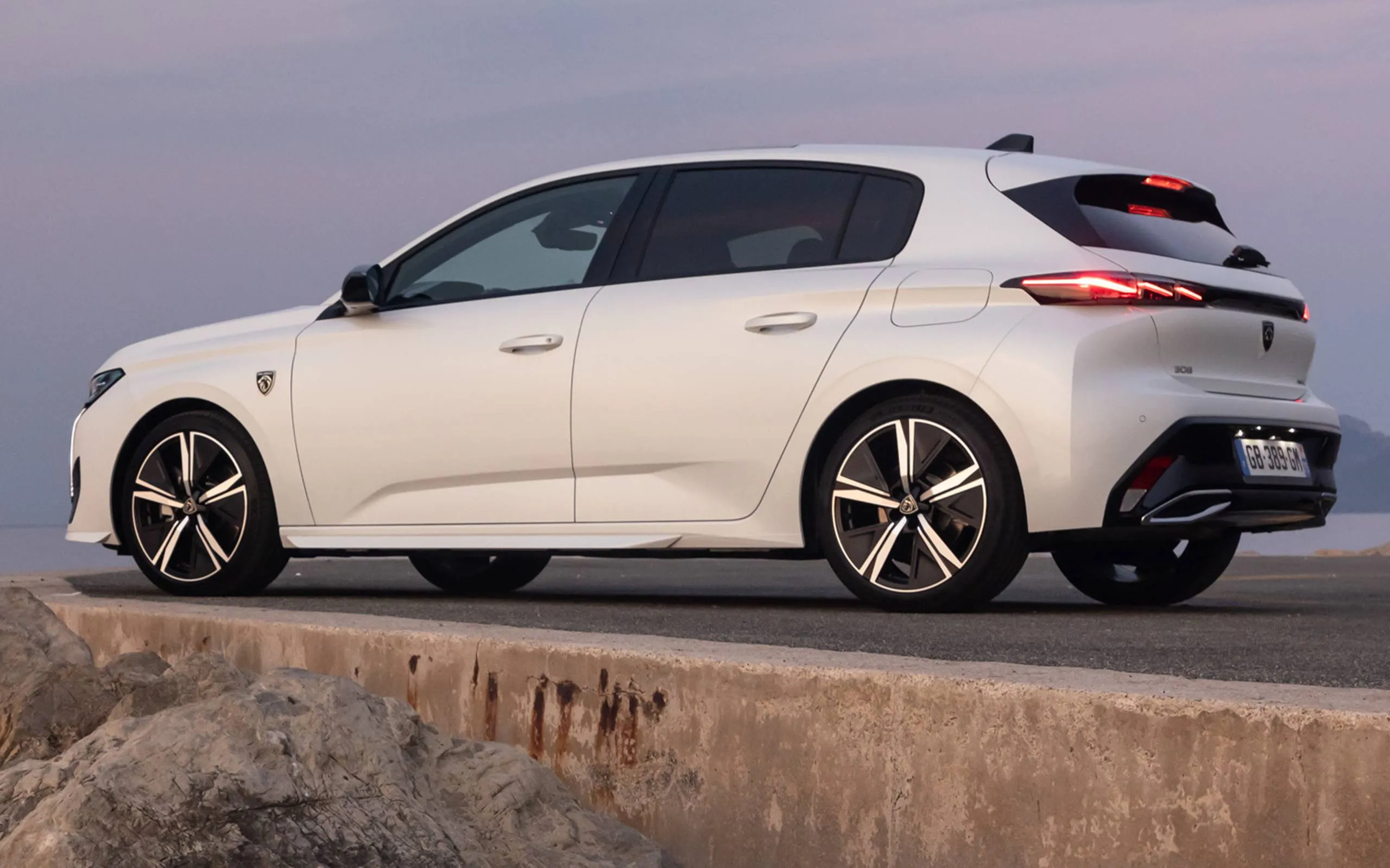
Reference Prices (April 2025)
| Market | Highlight Trim | Price (Local Currency) | Approximate Price (USD/EUR) |
|---|---|---|---|
| United Kingdom | 308 PLUG-IN HYBRID 195 | £38,110 | ≈ €44,600 |
| Japan | 308 Allure 1.2 PureTech | ¥3,466,000 | ≈ US$24,000 |
| Japan | 308 GT HYBRID (PHEV) | ¥5,727,000 | ≈ US$39,600 |
In Brazil, the situation is a bit different. The new generation 308 hatchback has neither an official launch nor certification yet. The April 2025 Fipe Table (Fipe Brazil link) lists the 308 CC 1.6 Turbo (previous generation convertible) at about R$ 146,166 (~US$ 29,000), but that’s just a distant reference. Any independent importation of the new generation would certainly come with much higher costs due to taxes and logistics.
Detailed Technical Specifications
Let’s compare some key specifications between common trims, based on data from sources like CarExpert and Automobile-Catalog:
Technical Comparison (Selected Models)
| Item | GT Line (MHEV) | GT (PHEV) |
|---|---|---|
| Main Engine | 1.2L Turbo PureTech | 1.6L Turbo PureTech |
| Combined Power | ≈ 136 hp (100 kW + 15.6 kW electric) | 180 hp + 110 hp electric |
| Transmission | EAT8 / DSG-7 | e-EAT8 (DCT-6/7) |
| Electric Range (WLTP) | N/A | Up to 49 miles (79 km) |
| Average Fuel Consumption (WLTP) | 5.2 L/100 km (45 mpg US) | ≈ 1.0 L/100 km (combined) |
| Cargo Space | 13.8 cu ft (391 liters) | 10.4 cu ft (295 liters, reduced due to battery) |
The reduced cargo space in the PHEV model is noticeable—a factor to consider if you need plenty of room. On the flip side, the combined fuel consumption and the ability to travel nearly 50 miles purely on electric power are highly attractive.
Cutting-Edge Technology and Safety
The interior of the 2025 Peugeot 308 is one of its standout features. The i-Cockpit concept has evolved with a configurable 10-inch 3D digital instrument cluster (offering up to 8 profiles!) and a 10-inch Peugeot i-Connect infotainment system with wireless Apple CarPlay and Android Auto. There’s also wireless charging and, optionally, integration with ChatGPT for more natural voice commands.
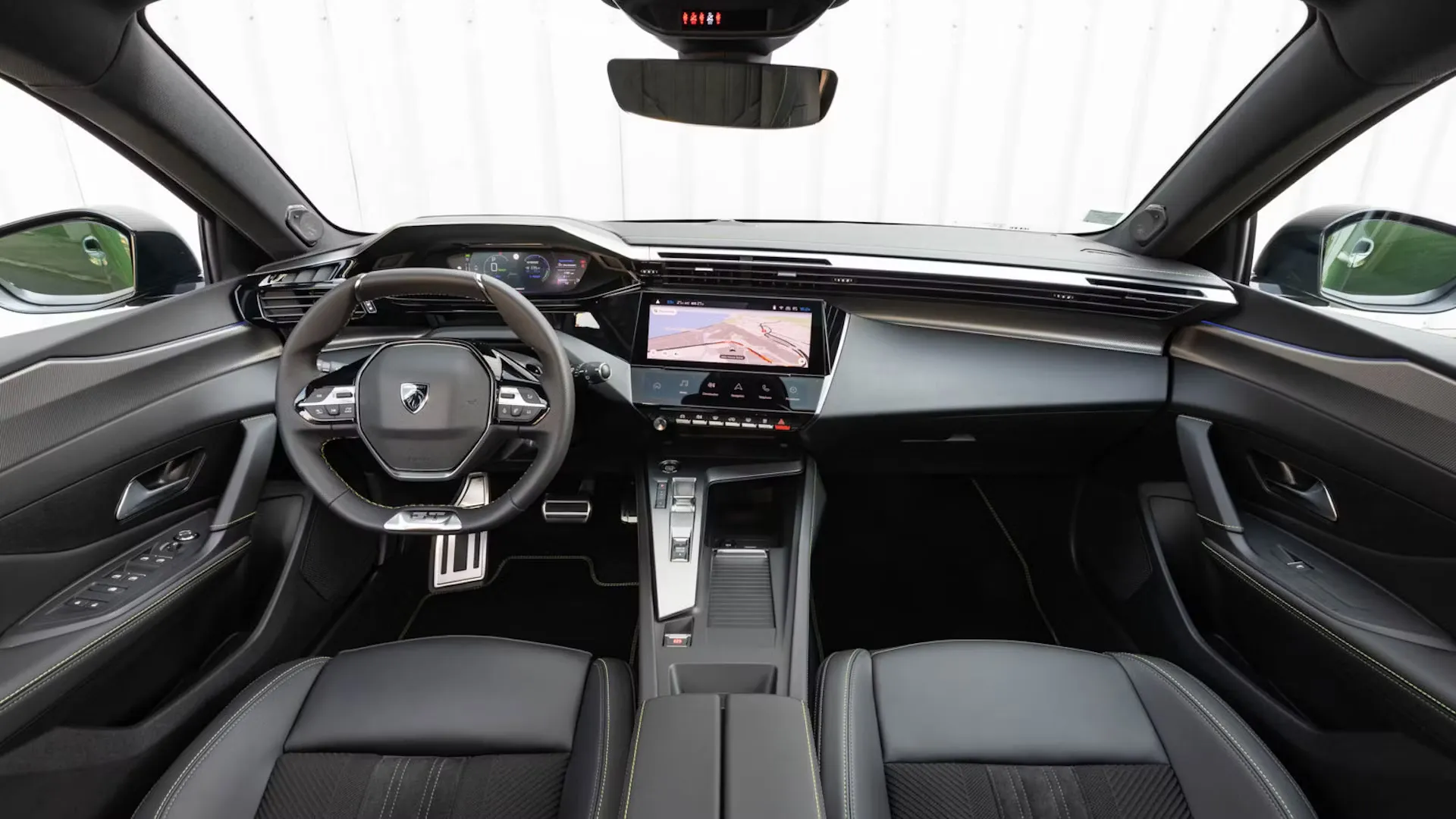
On the safety front, the 308 doesn’t disappoint, earning 5 stars in Euro NCAP testing. The more equipped trims (GT and GT Premium) include a Level 2+ ADAS package featuring adaptive cruise control with Stop & Go, lane keeping assist (Highway Assist), blind-spot monitoring, traffic sign recognition, and a 360° camera system.
Key Features by Trim
- GT Line: Level 2 ADAS, Head-Up Display (HUD), Wireless Charging, 10″ Digital Dashboard.
- GT: Level 2+ ADAS, Panoramic Roof, Sport Seats, Focal Sound System.
- GT Premium: All GT features + Premium Interior, Seat Massage Function.
Head-to-Head: Peugeot 308 vs. Competitors
The compact hatchback segment in Europe is fiercely competitive. How does the 2025 Peugeot 308 stack up against its rivals?
Comparison with Competitors
| Model | Power (Example) | Fuel Consumption (WLTP) | 0-60 mph (Approx.) |
|---|---|---|---|
| Peugeot 308 MHEV 136 hp | 136 hp | 45 mpg US (5.2 L/100 km) | ≈ 9.0 sec |
| VW Golf 8 1.5 eTSI 130 hp | 130 hp | 45 mpg US (5.2 L/100 km) | 9.0 sec |
| Ford Focus MHEV 155 hp | 155 hp | 52 mpg US (4.5 L/100 km) | 9.2 sec |
| Peugeot 308 PHEV 195 hp | 195 hp | ≈ 235 mpg US (1.0 L/100 km combined) | ≈ 7.6 sec |
*Fuel and performance figures may vary slightly depending on the source and specific configuration*
The 308 MHEV matches the Golf eTSI in both performance and fuel economy, while the Focus MHEV offers more power and slightly better consumption. The 308’s big advantage lies with the PHEV version, offering superior performance and the ability to cover significant distances in electric mode—something the mild-hybrid rivals can’t match.
Pros and Cons: What Tips the Scale?
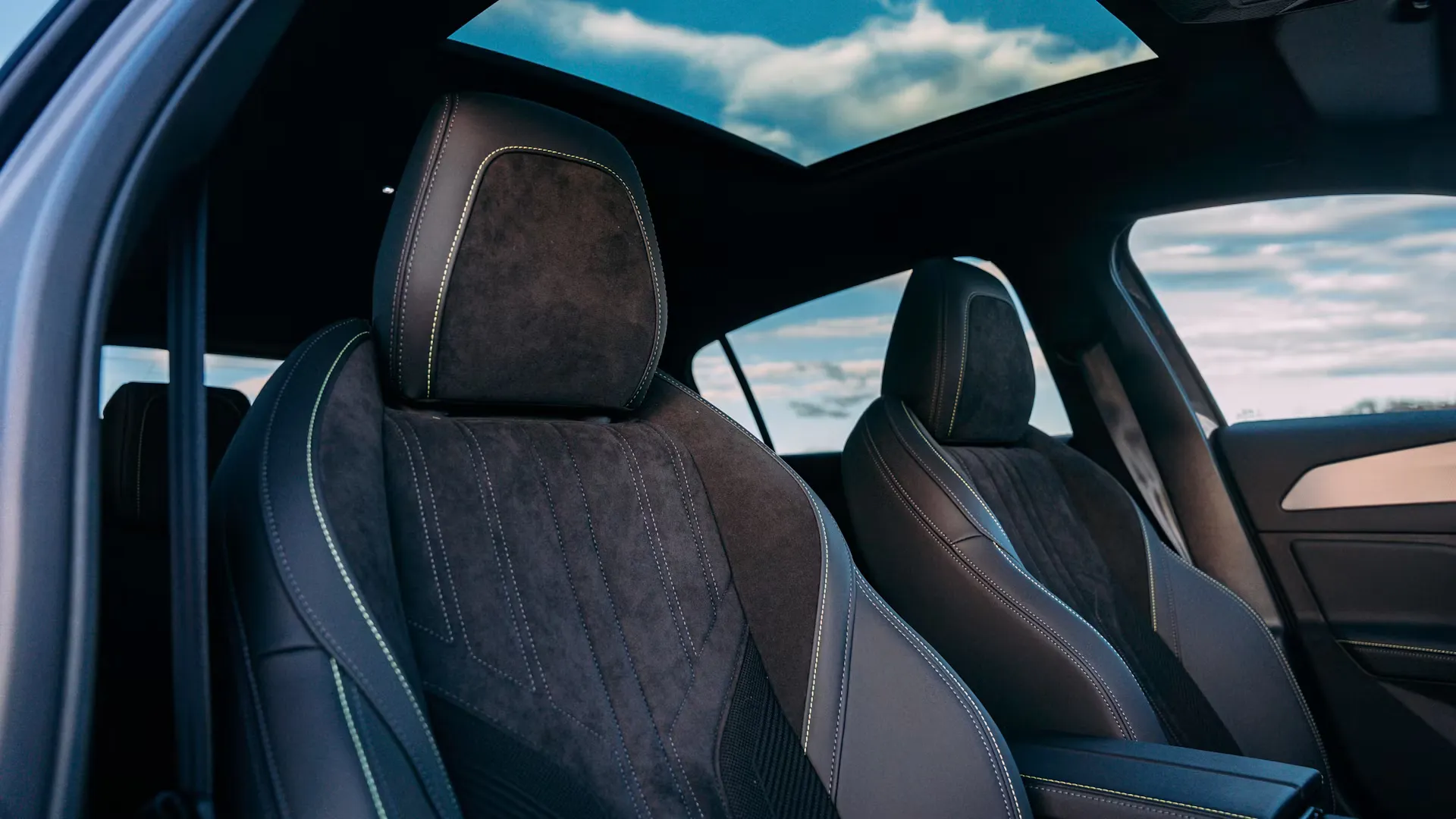
Positives
- Modern and attractive design.
- Technological and well-crafted interior (i-Cockpit).
- Wide variety of powertrains (including efficient PHEV).
- Excellent electric range in the PHEV version.
- Comfortable ride and ergonomic AGR-certified seats.
- Advanced safety package (Level 2+ ADAS).
Negatives
- High price, especially for PHEV trims.
- Reduced cargo space in PHEV model (10.4 cu ft / 295 L).
- PHEV service network may be limited in some regions.
- Strong, well-established competition in the segment.
Frequently Asked Questions (FAQ)
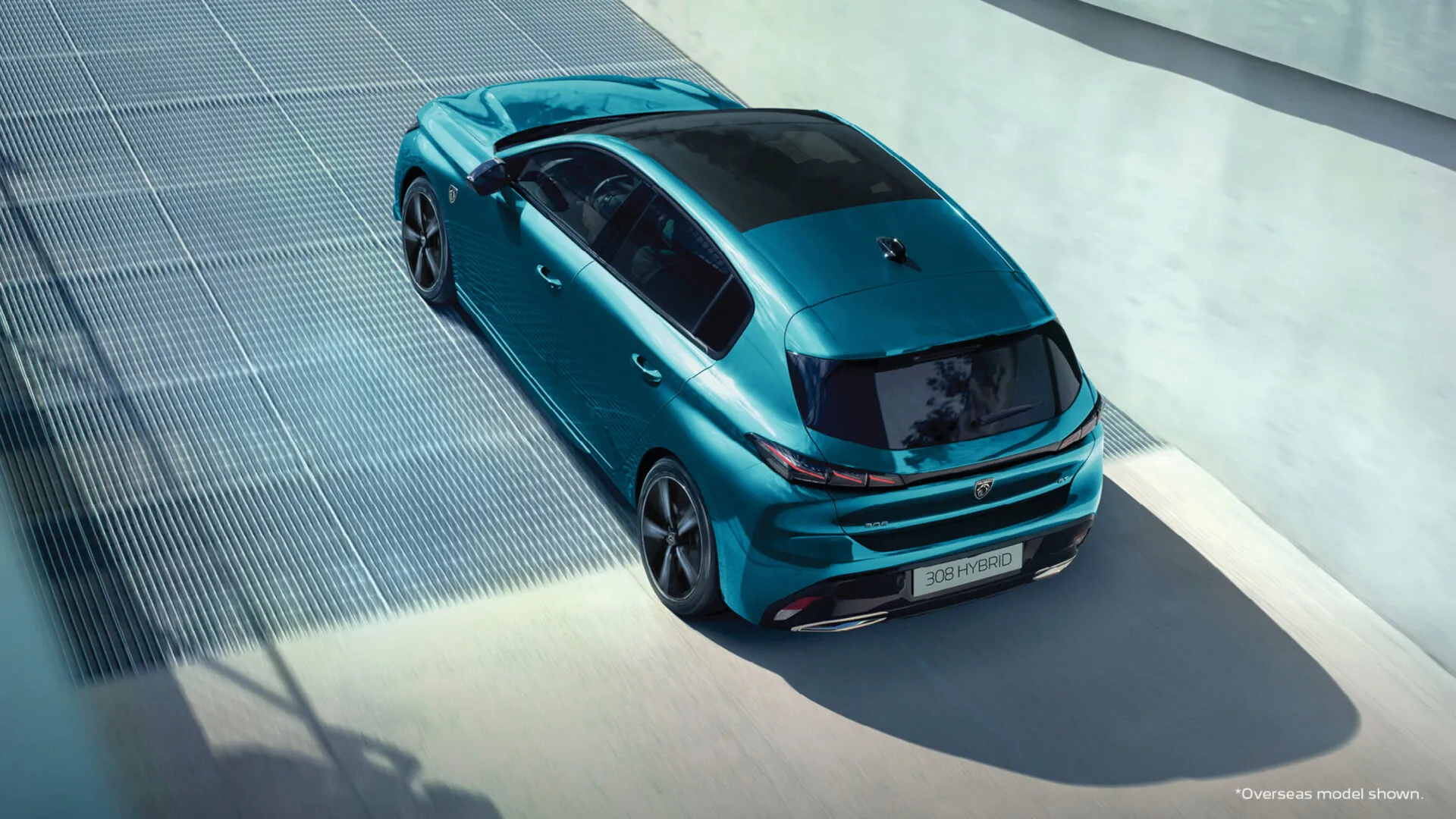
- Will the 2025 Peugeot 308 come to Brazil?
Officially, there’s no confirmation. The previous generation had limited presence. Independent importation is possible but expensive. - What is the real electric range of the 308 PHEV?
The WLTP cycle states up to 49 miles (79 km) in the latest versions. In real-world use, expect around 31-40 miles (50-65 km), depending on driving style and conditions. - Is the 308 better than the VW Golf?
They’re direct competitors with slightly different approaches. The 308 emphasizes design and interior tech, while the Golf has a solid reputation for driving dynamics and fit-and-finish. The PHEV version gives the 308 an edge in electrification. - How much does it cost to charge the 308 PHEV’s battery?
Costs vary widely depending on local electricity prices. Charging at home is typically much cheaper than fueling gasoline for the same distance.
Overall, the 2025 Peugeot 308 stands out as a remarkable evolution. It combines French flair with top-notch technology and a clear commitment to electrification, especially with its long-range PHEV version. The design is undoubtedly one of its strongest points, as is the futuristic, well-equipped interior. However, the premium price of the hybrid trims and limited cargo space in the PHEV require consideration. It competes head-to-head with the best in the segment, offering a balanced package of style, efficiency, and technology.
What do you think of the new 2025 Peugeot 308? Share your thoughts about this French lion in the comments below!
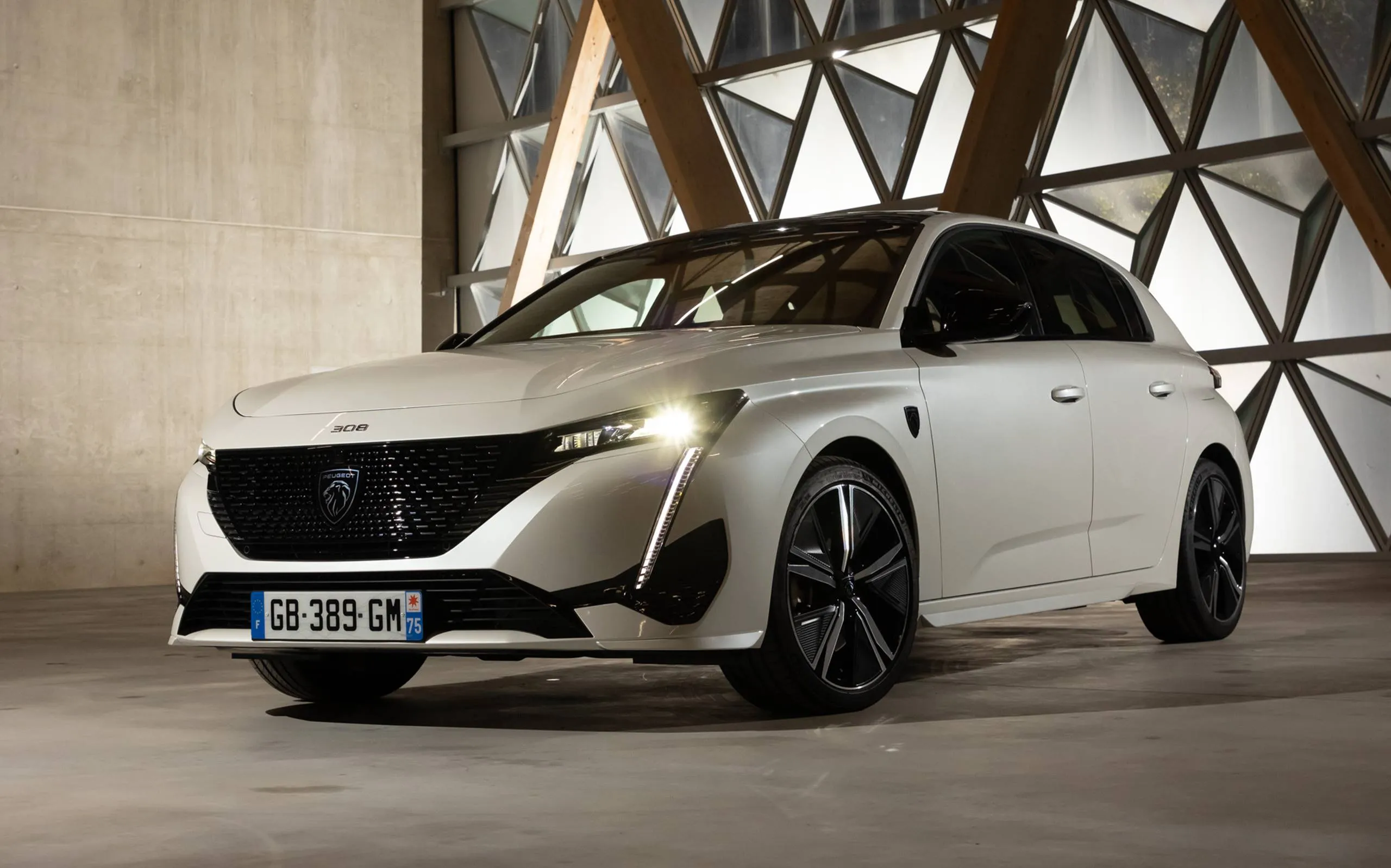
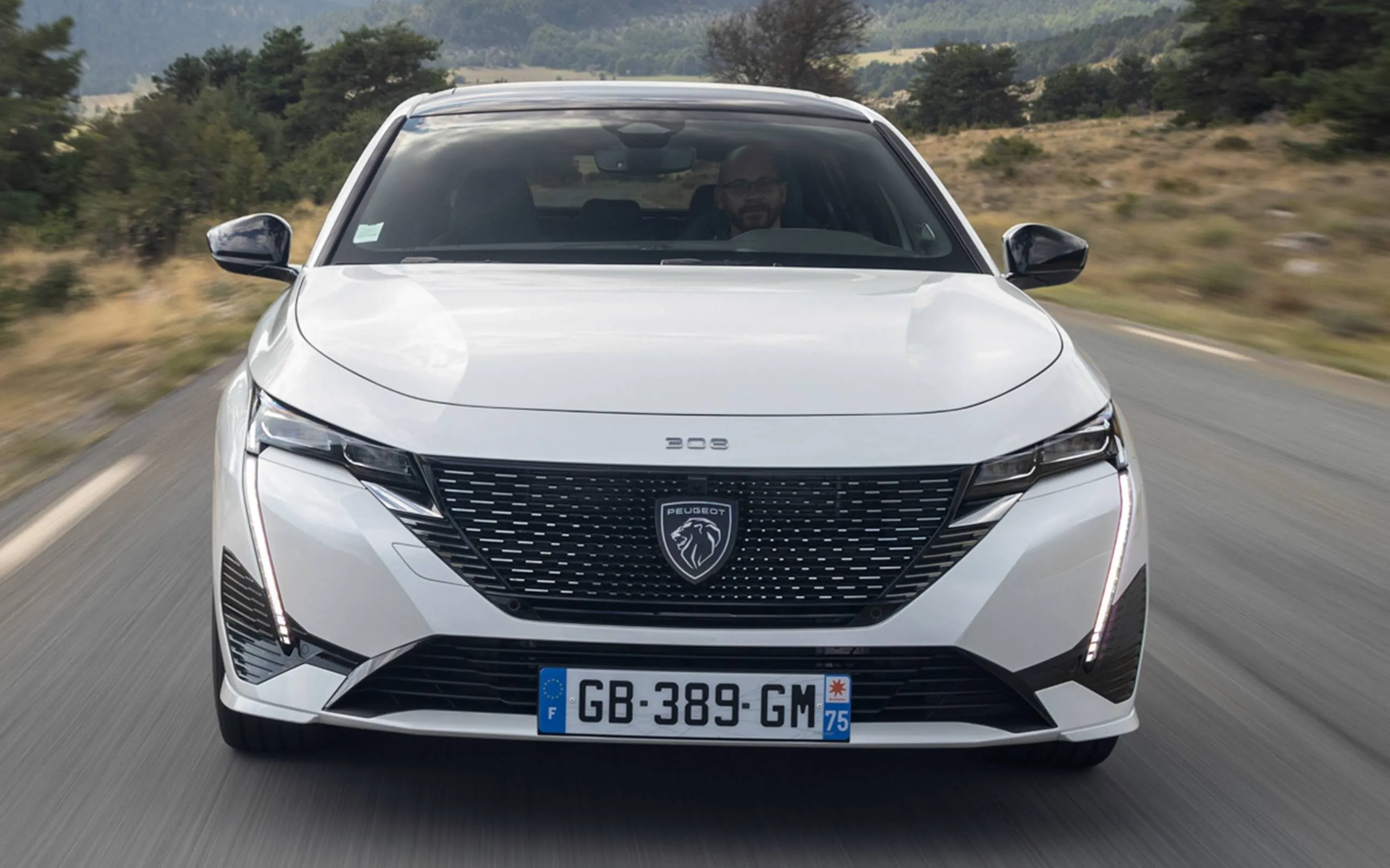
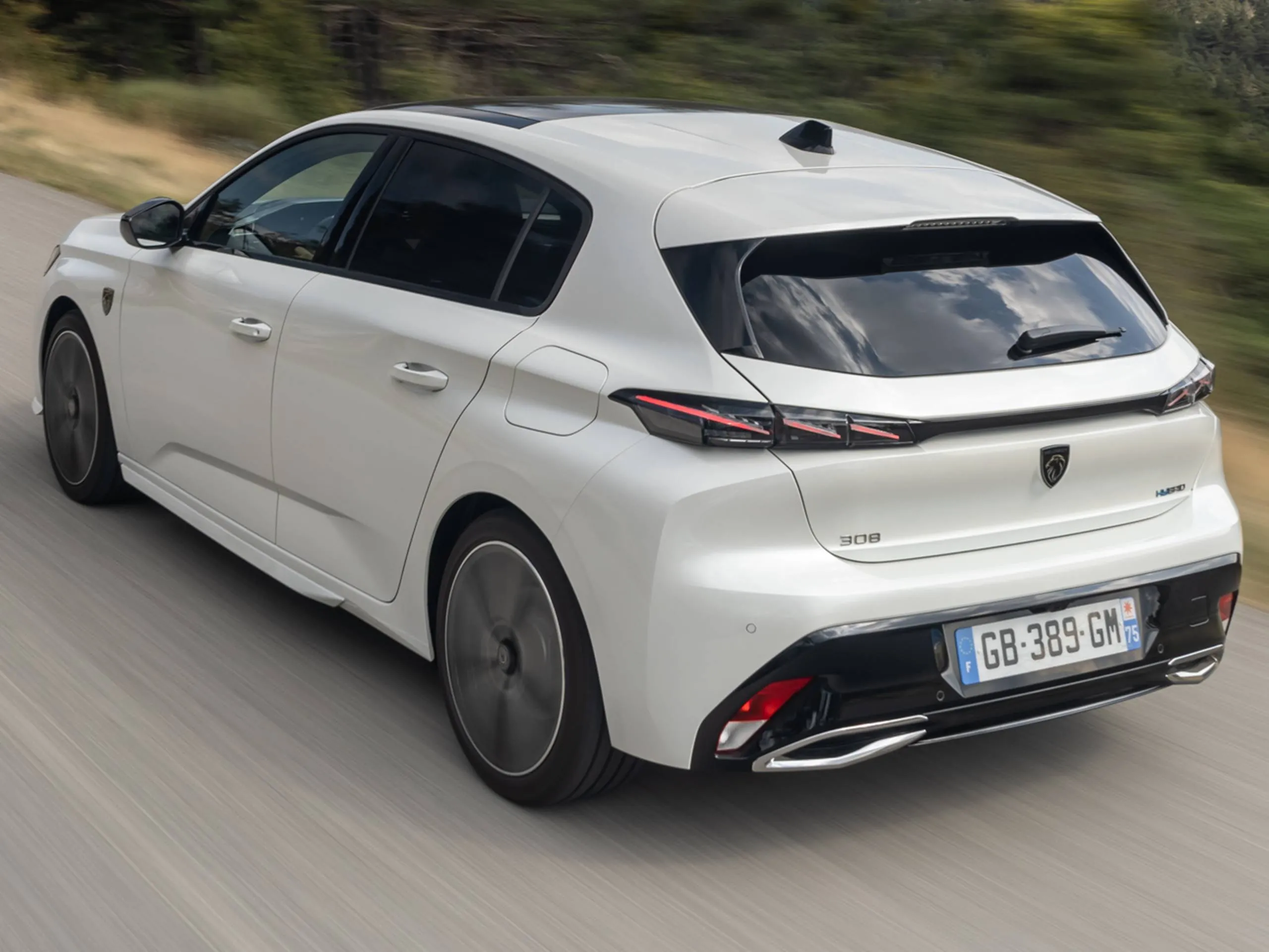
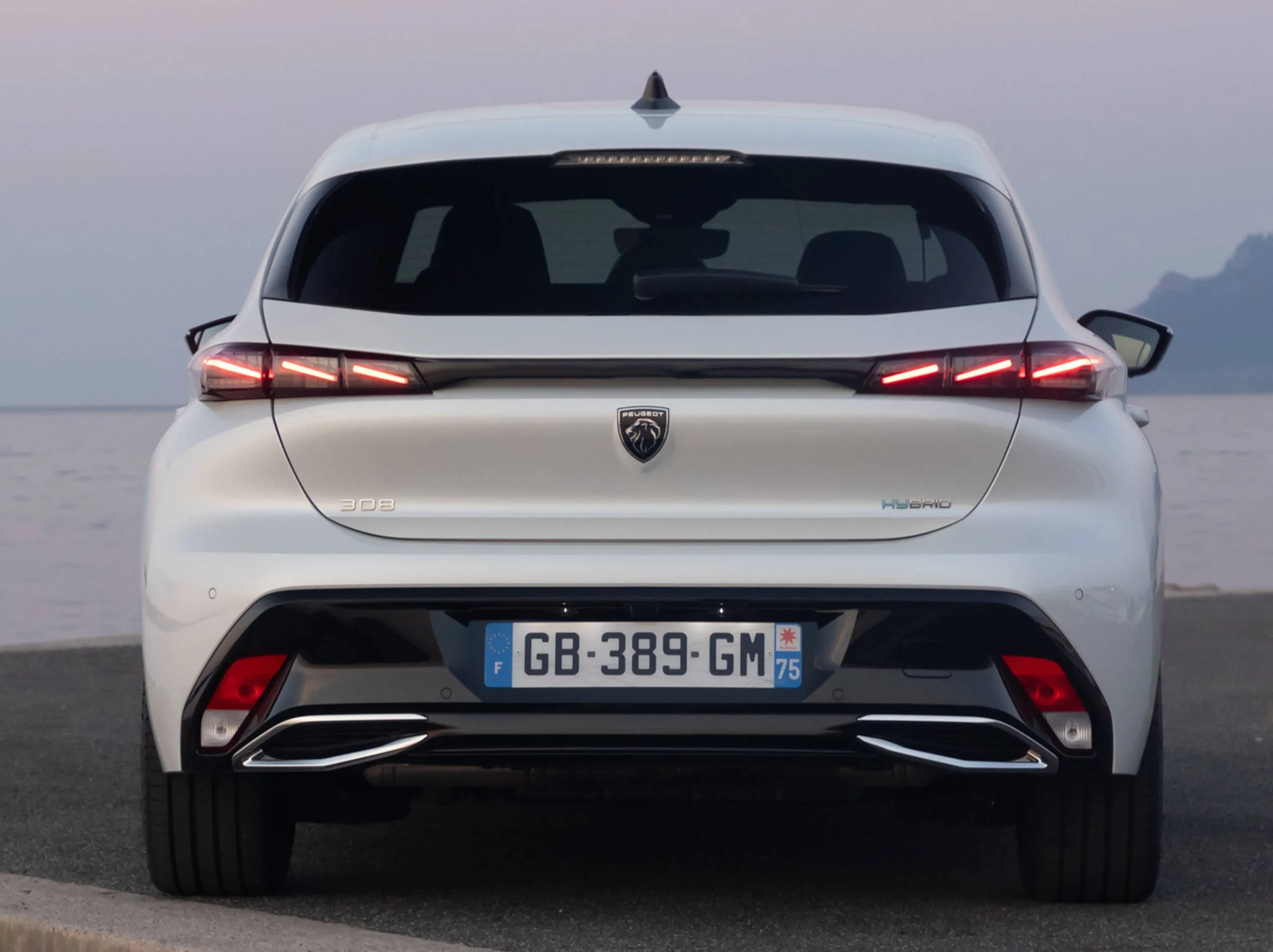


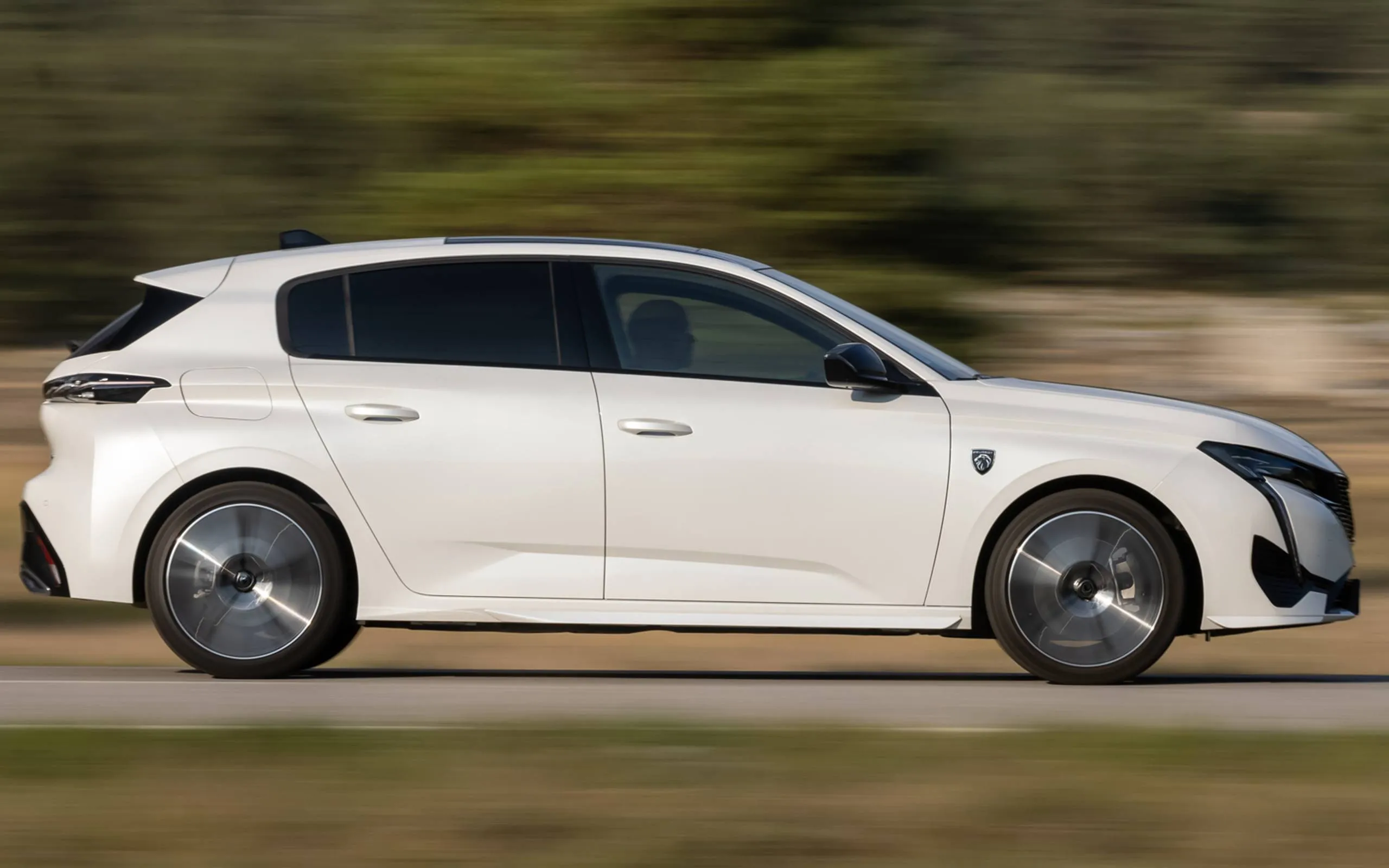
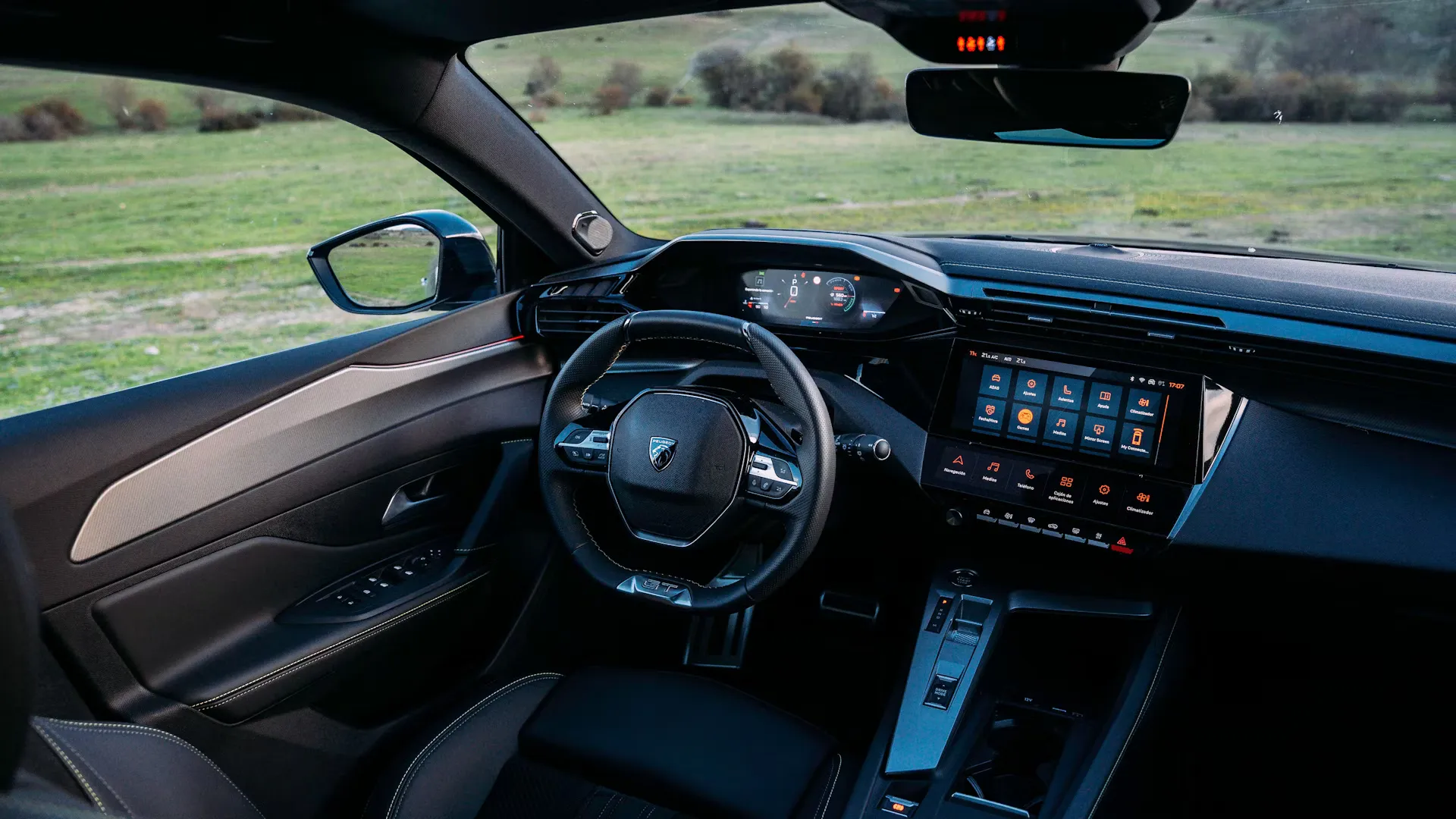
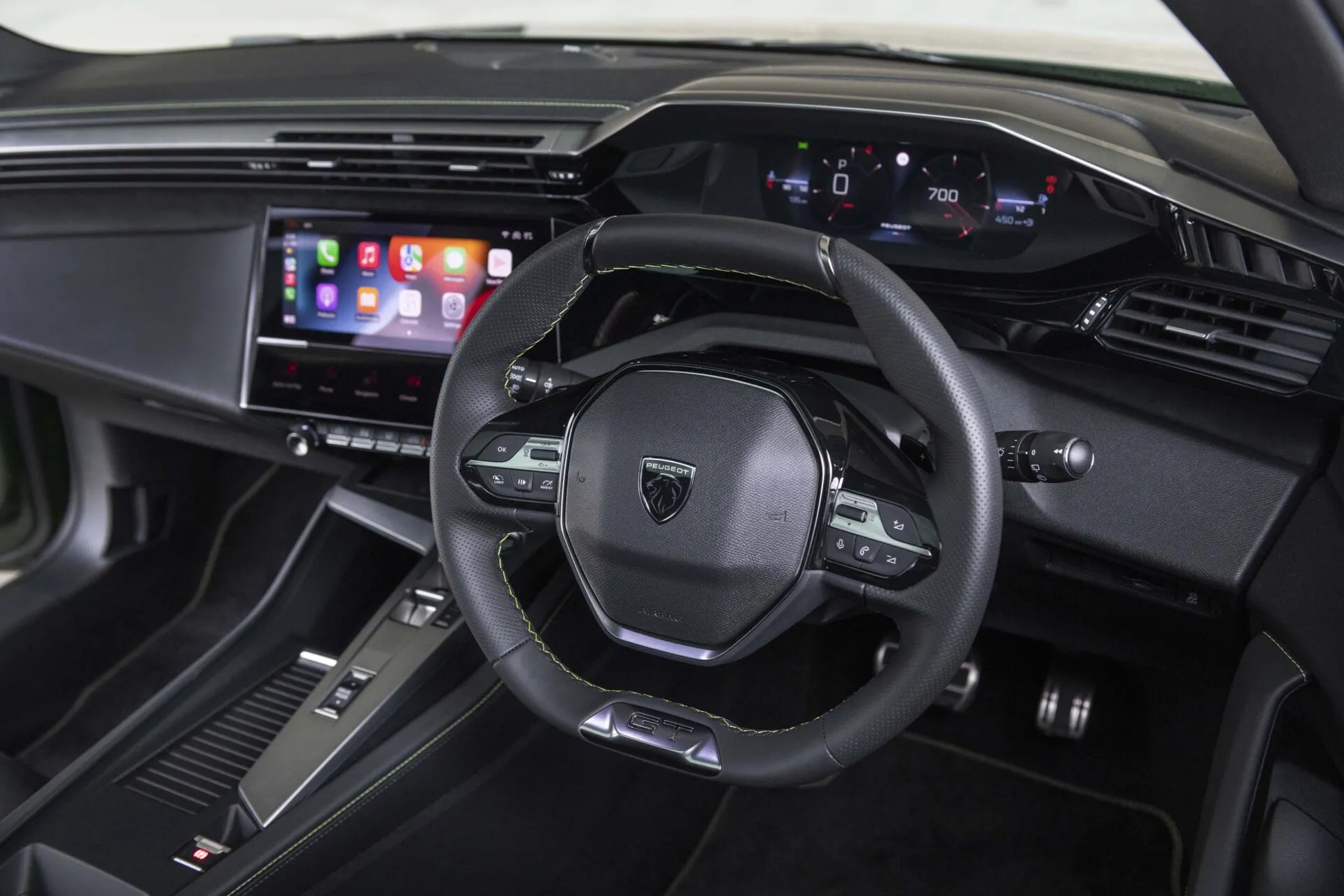
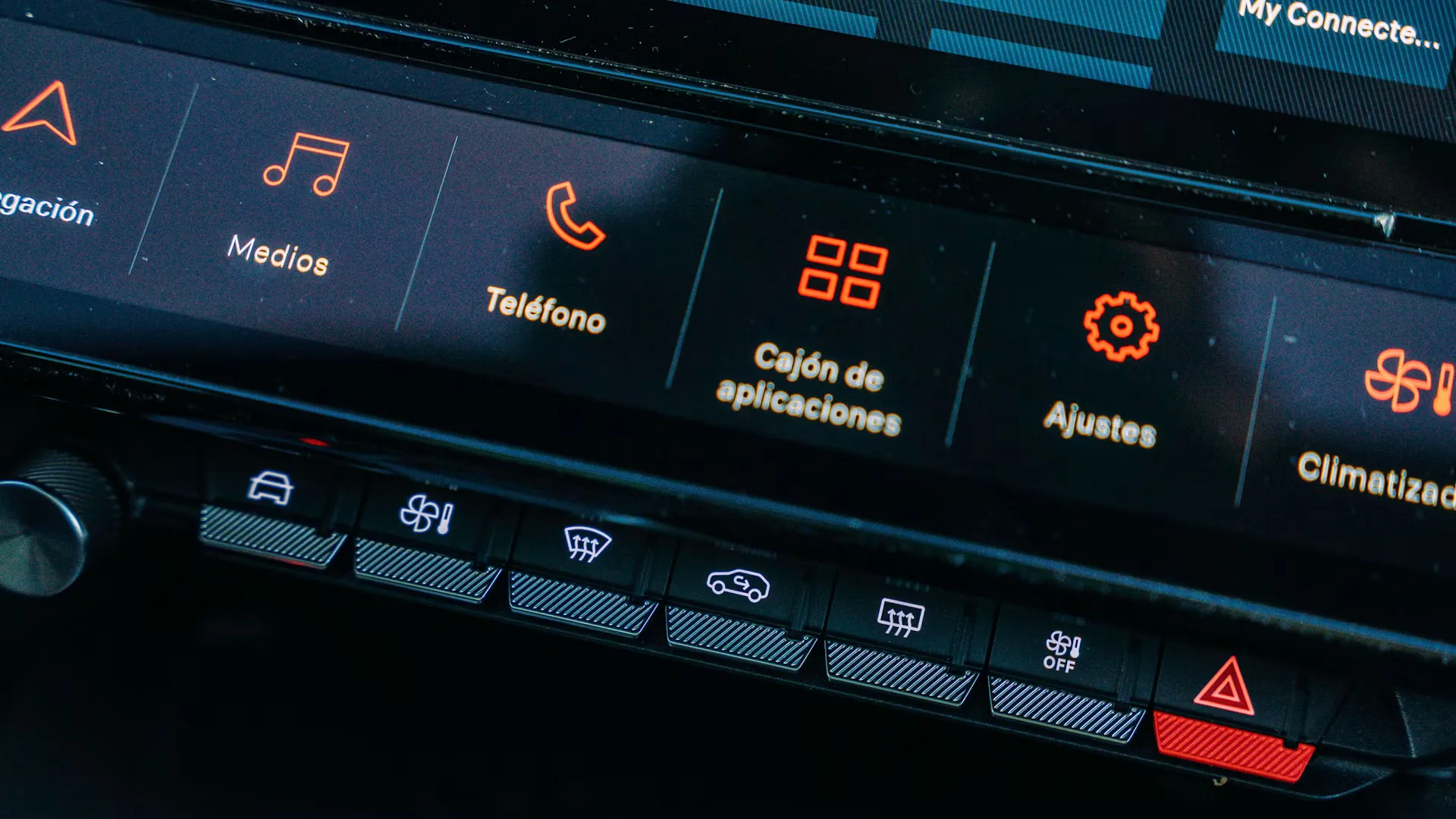
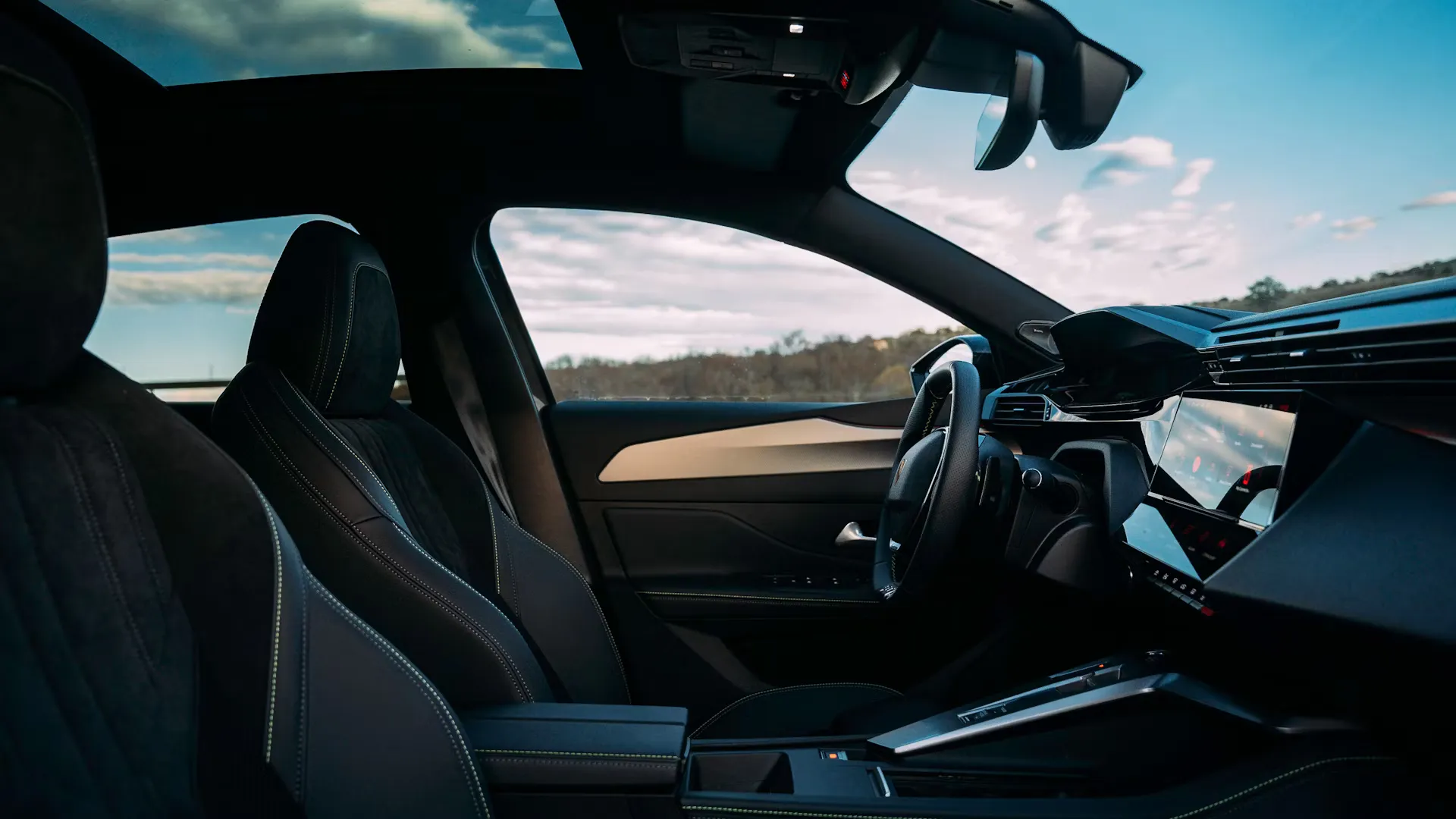

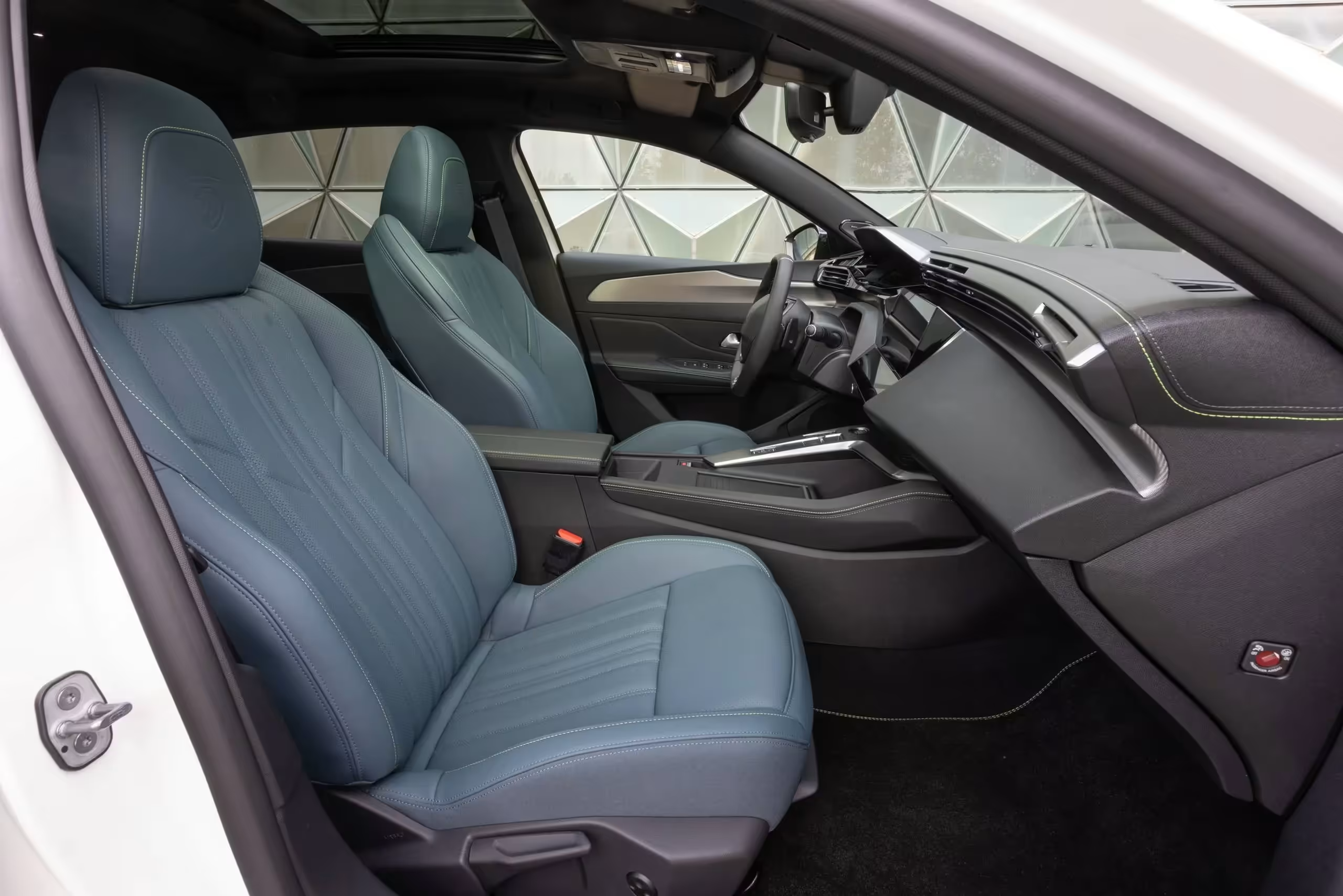
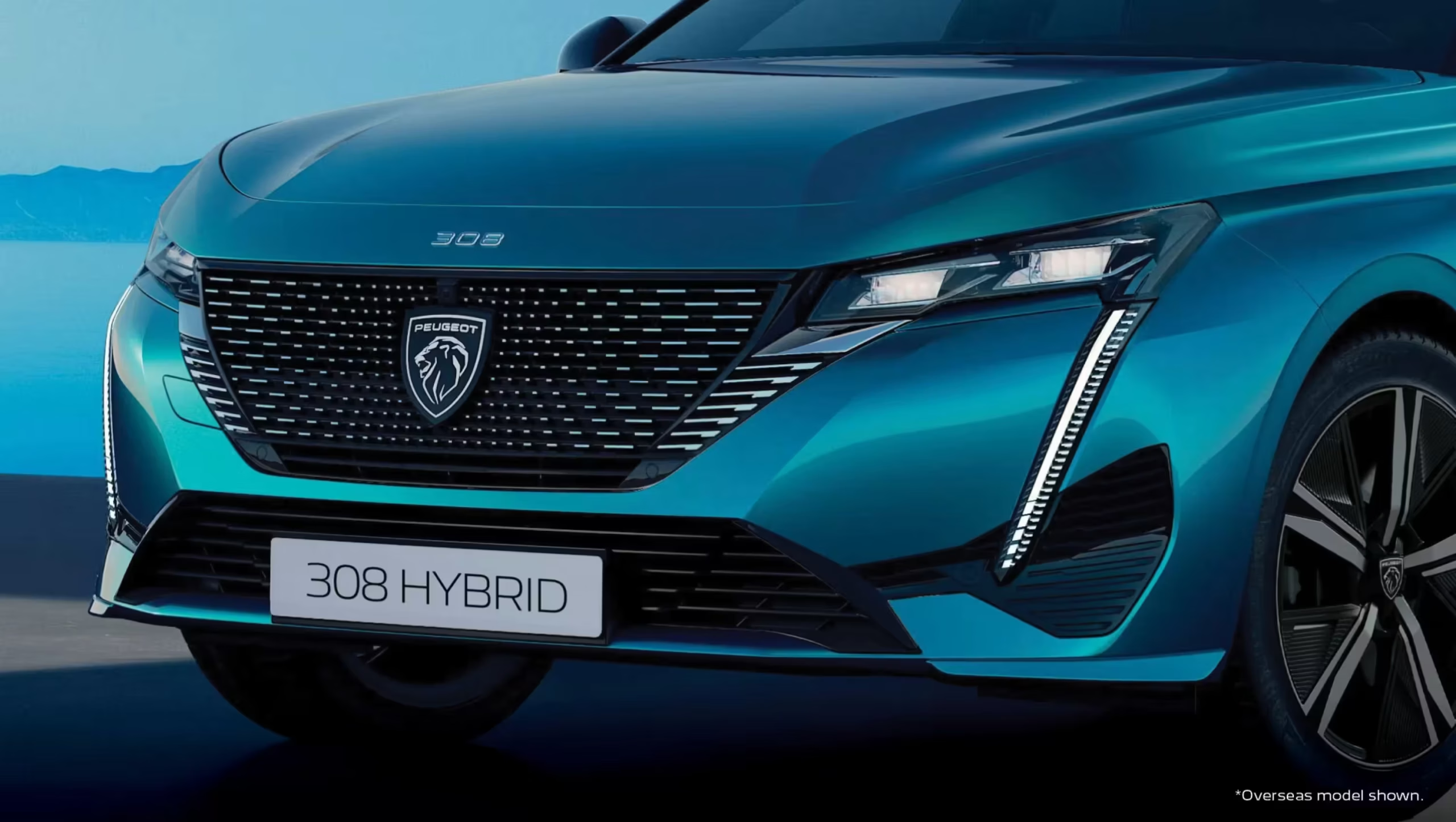


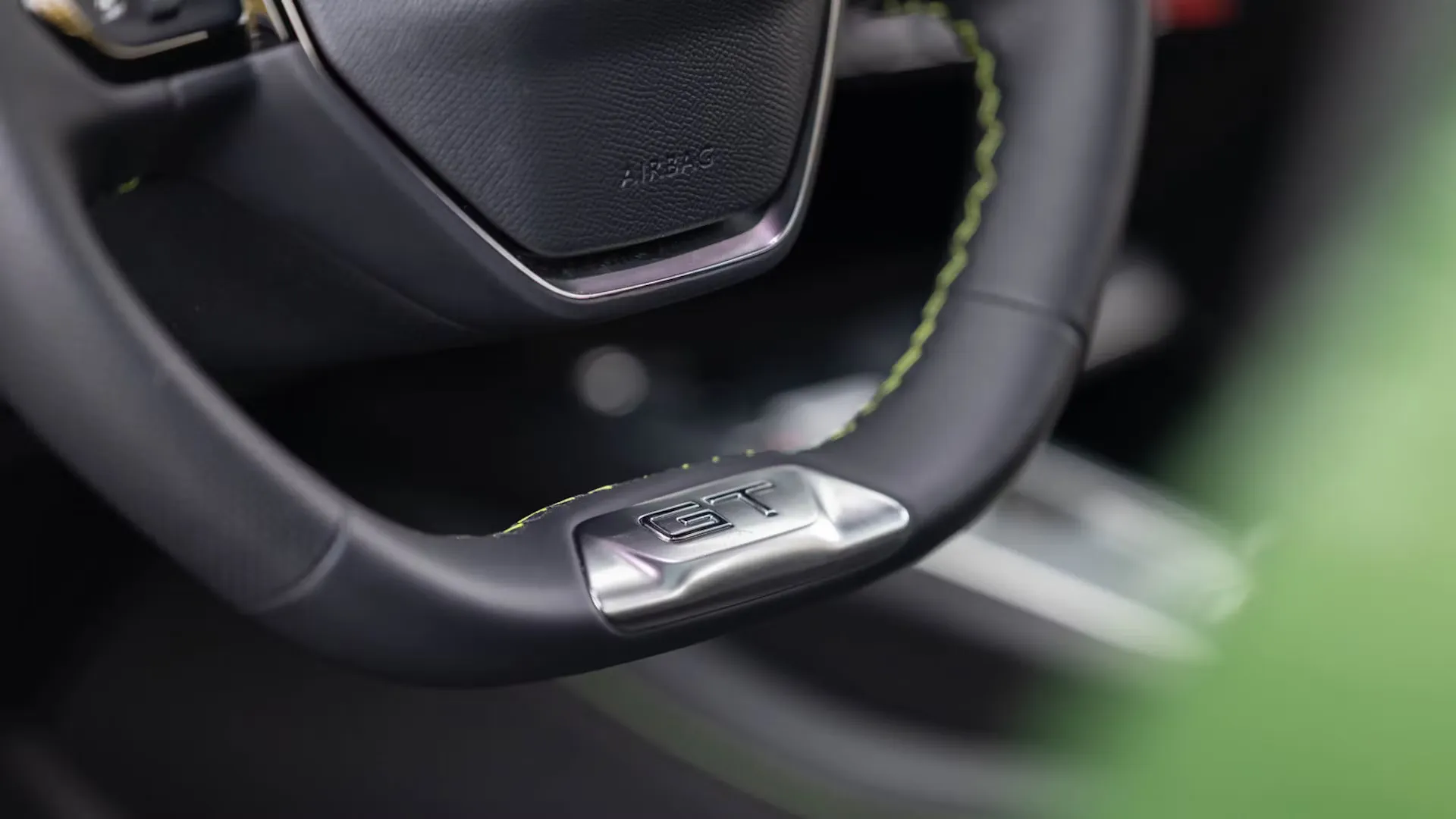
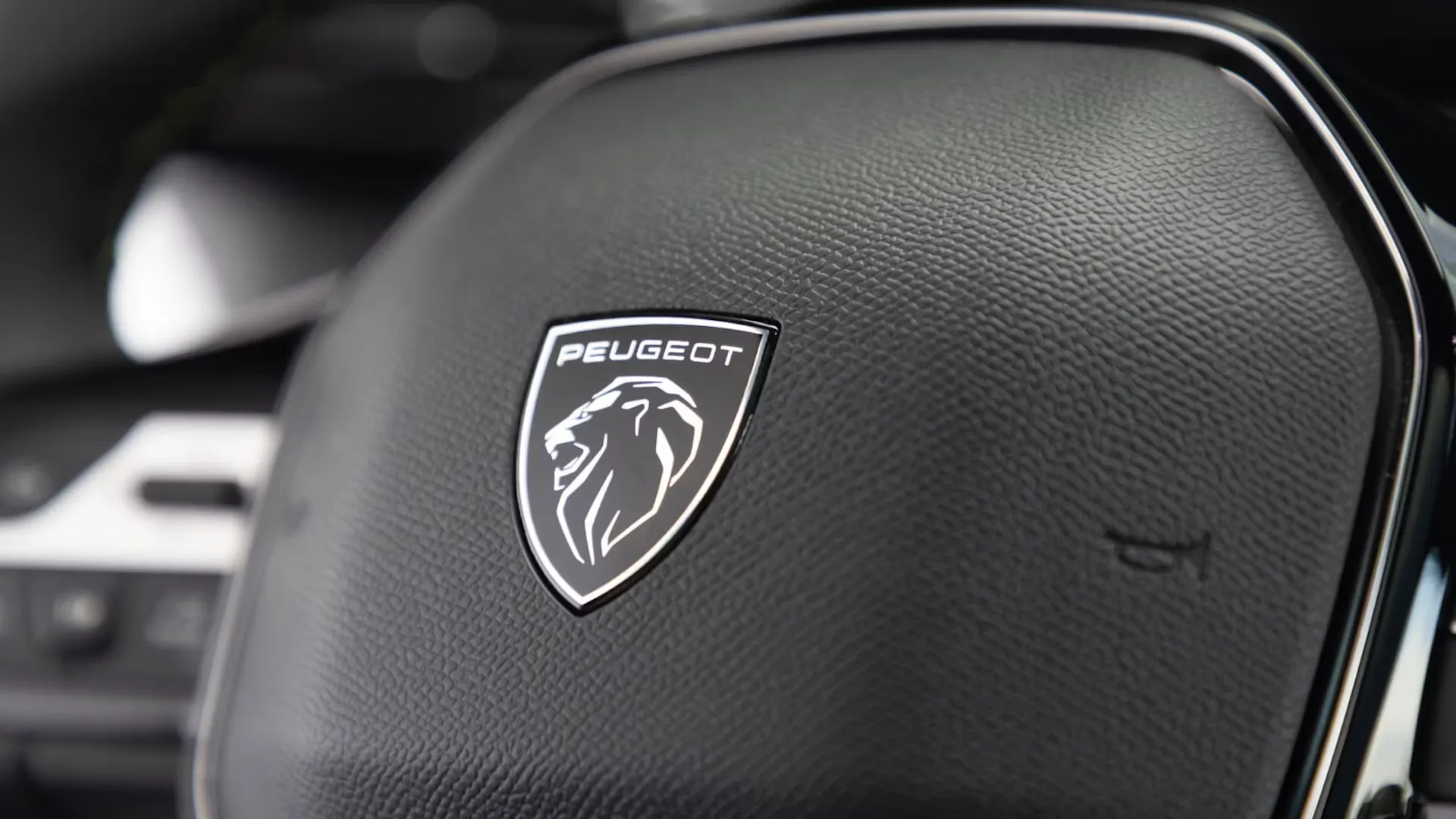

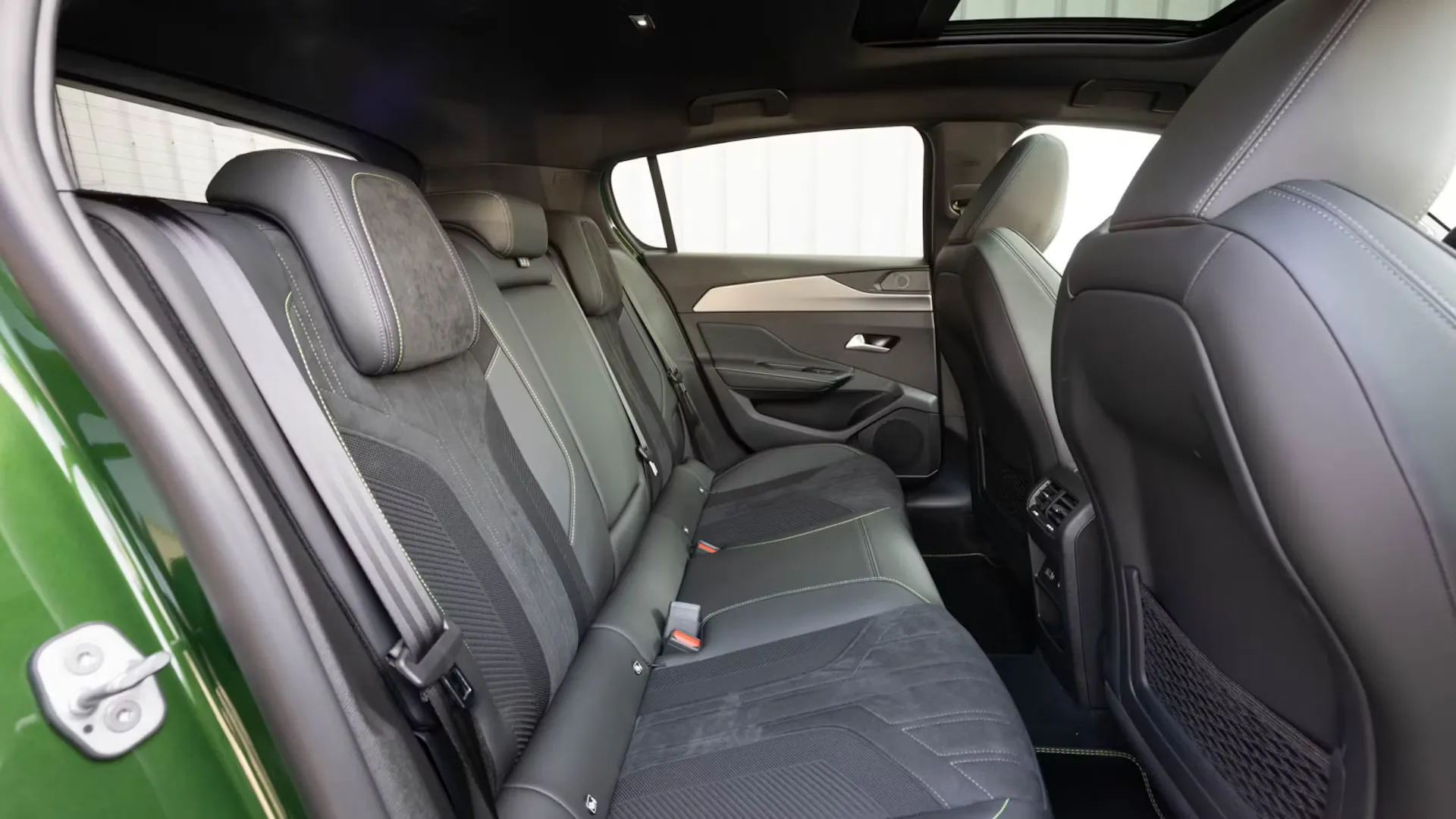
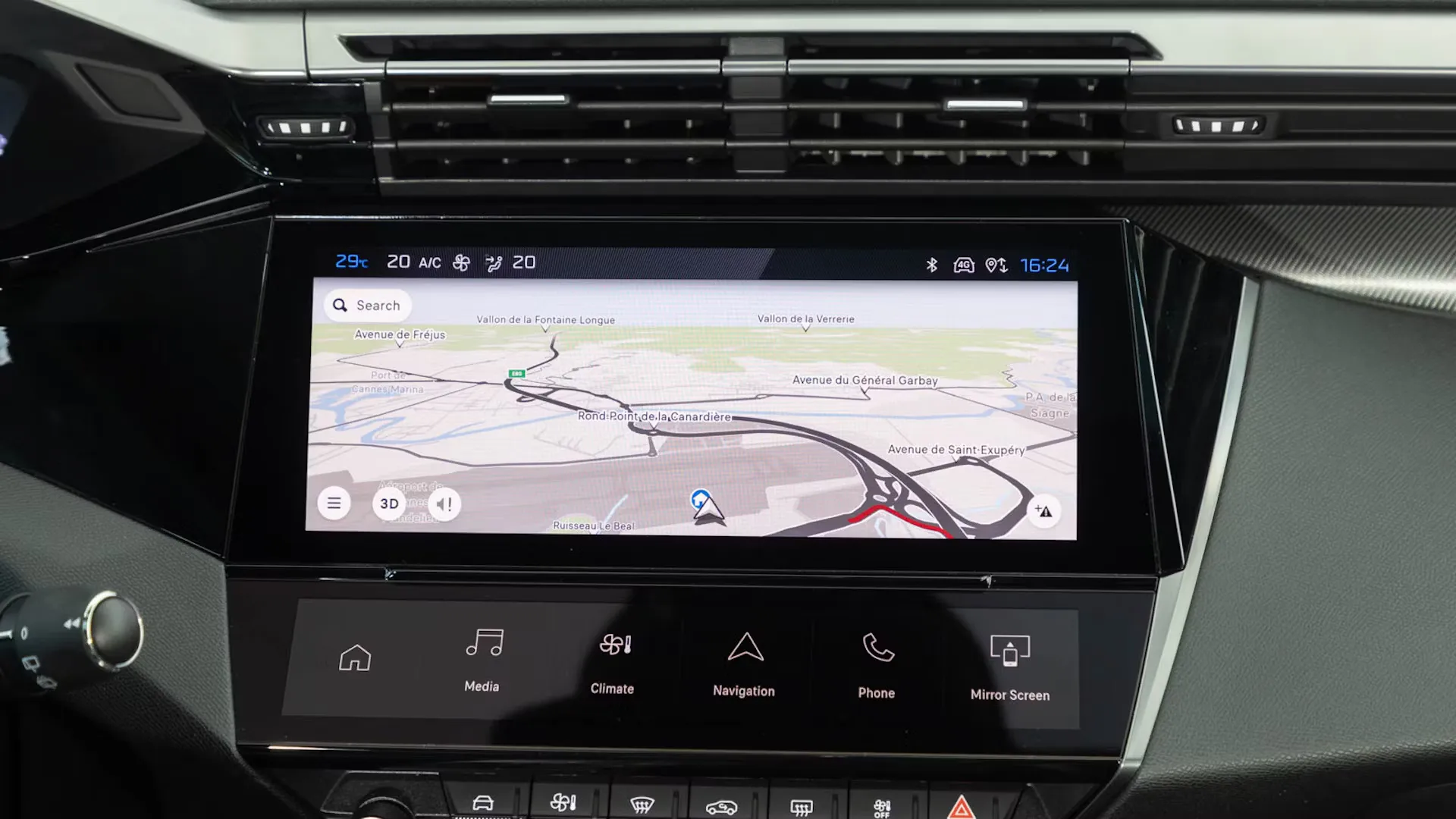
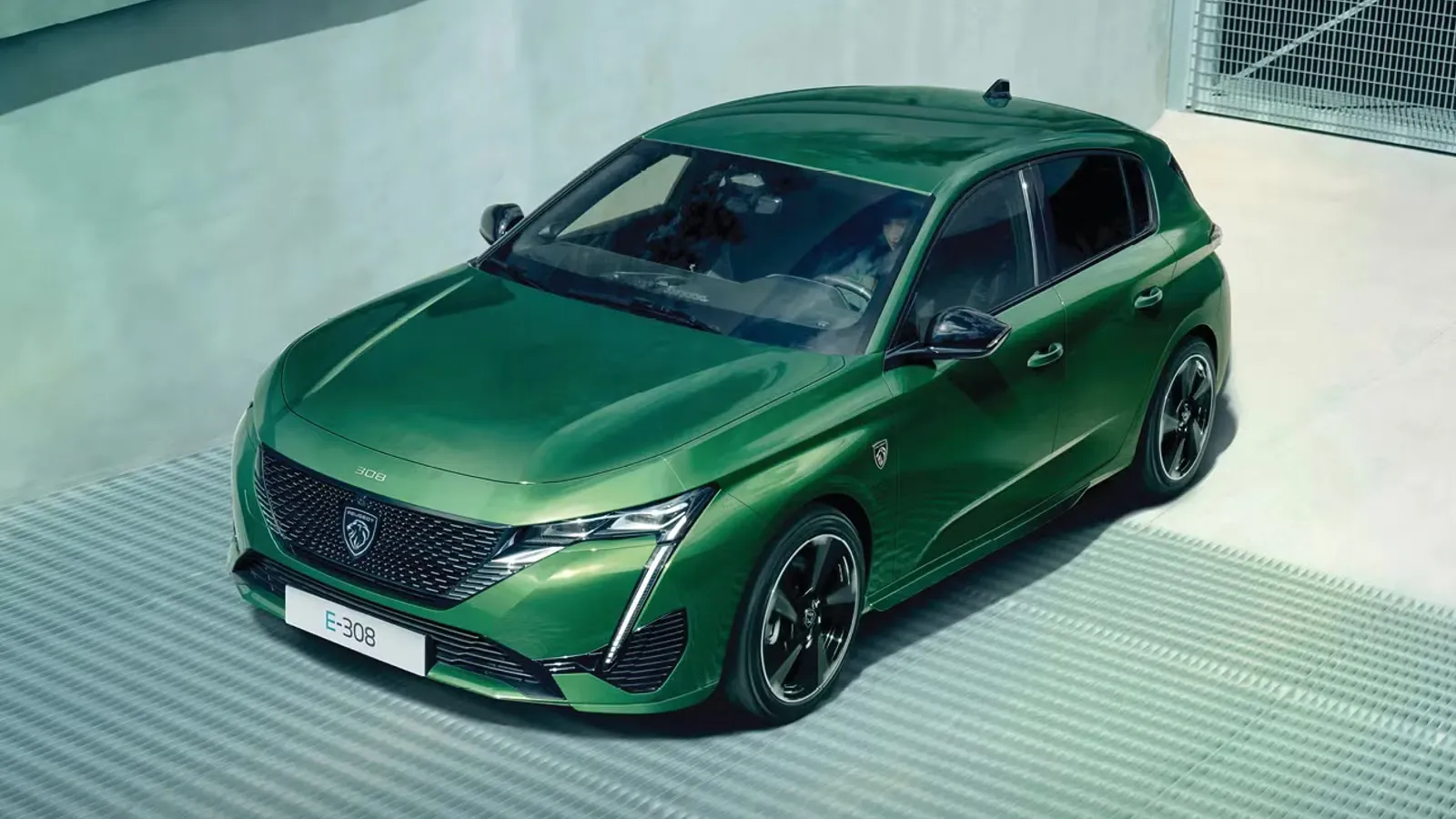
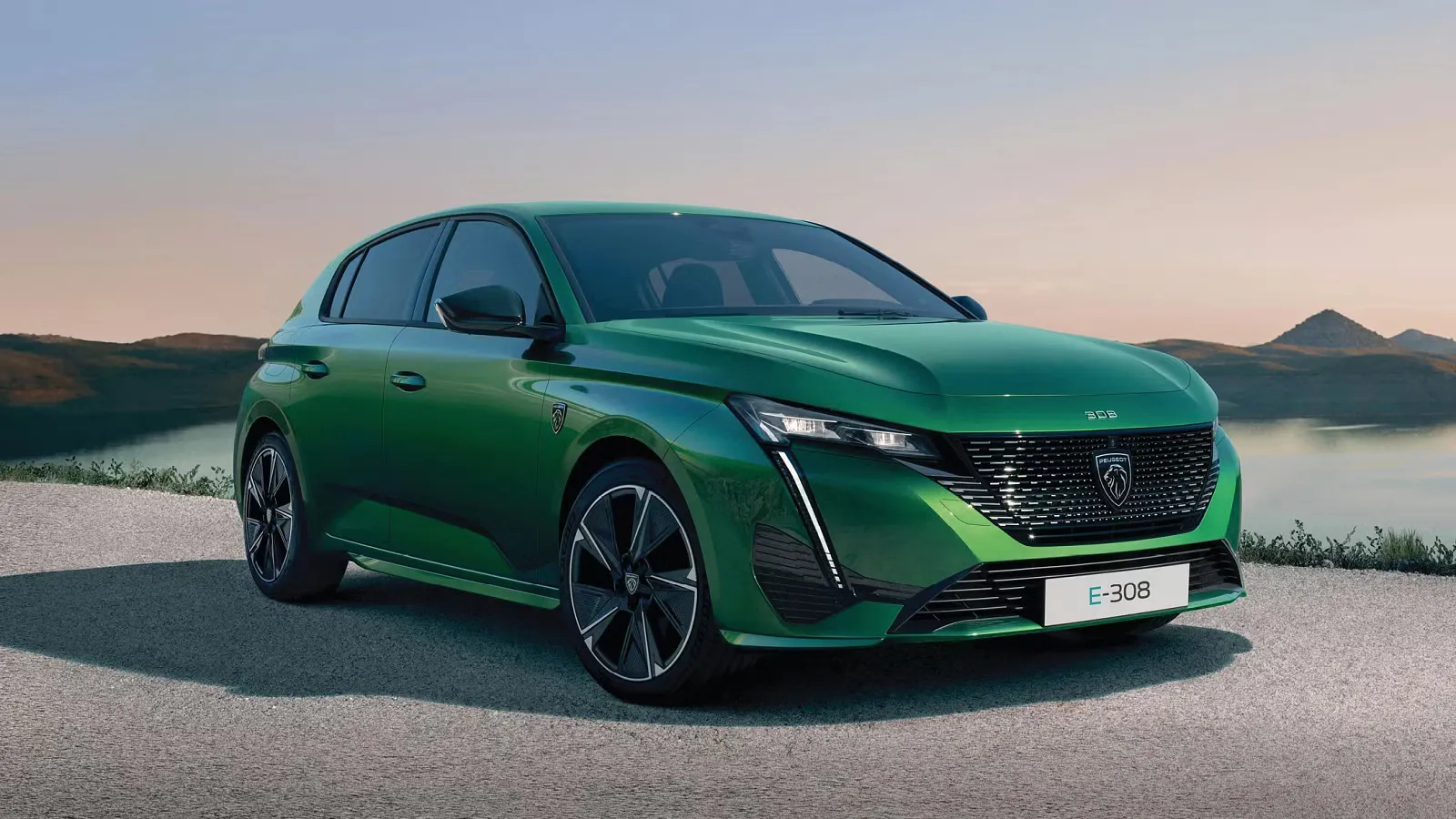
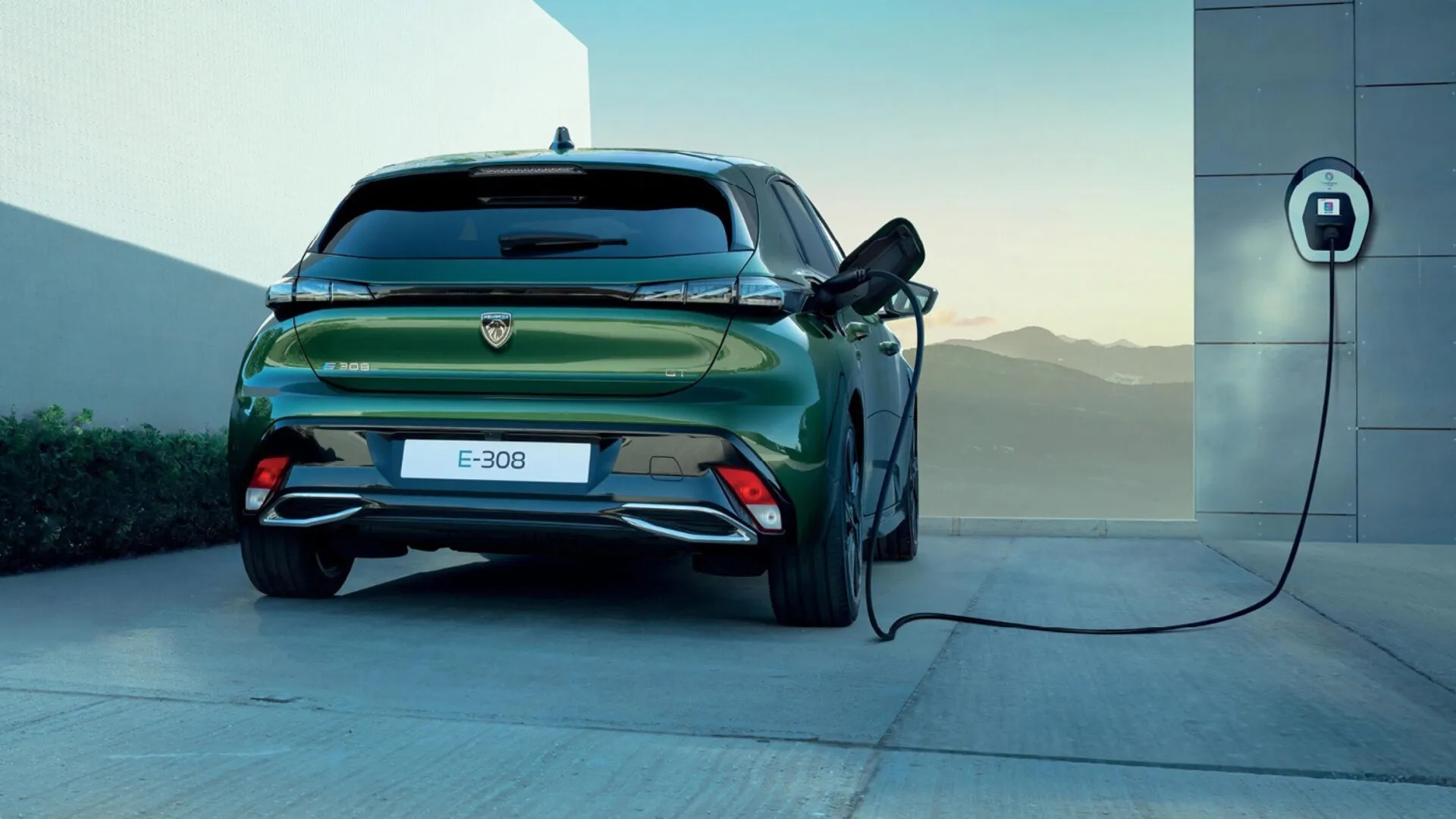
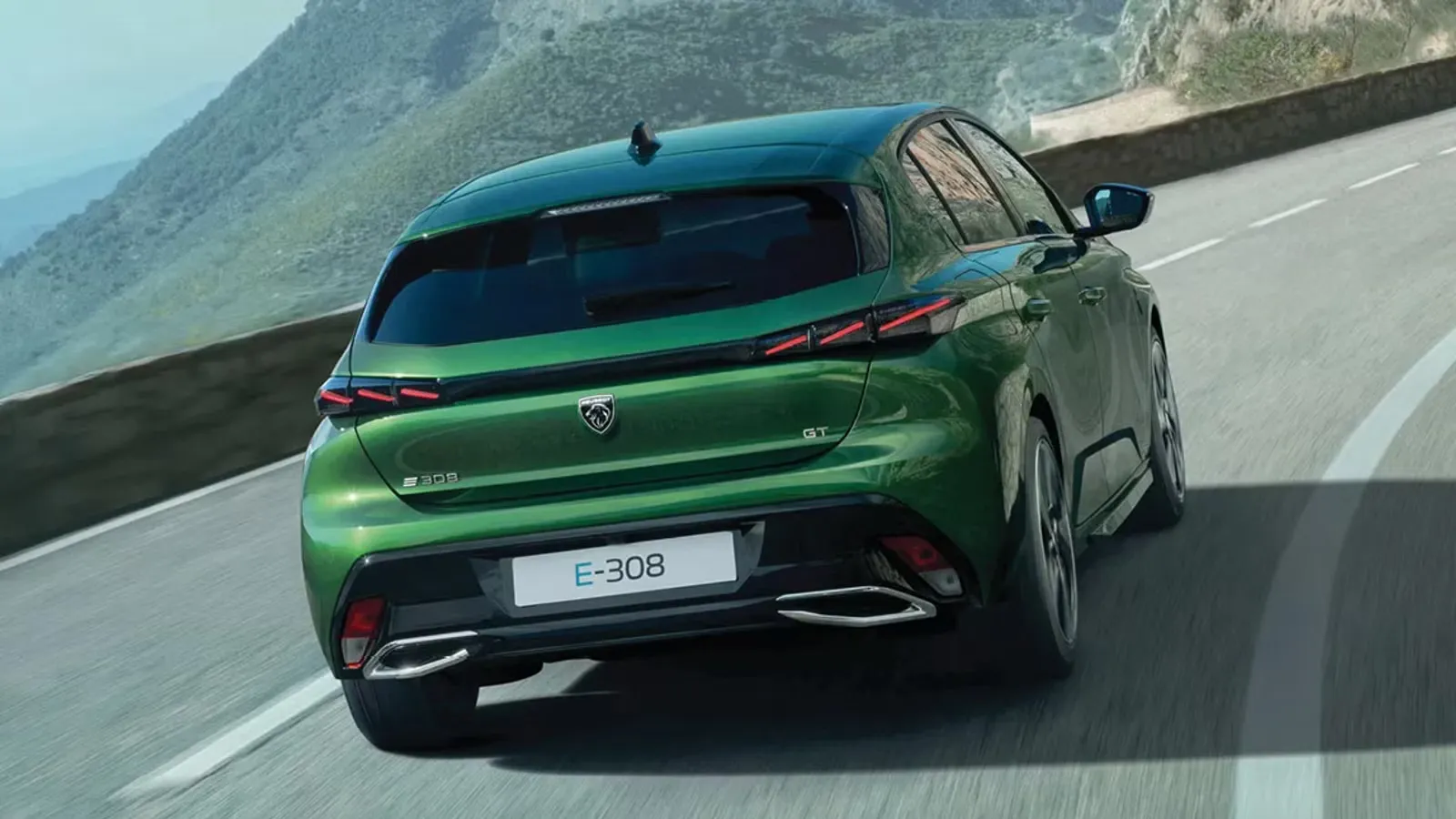
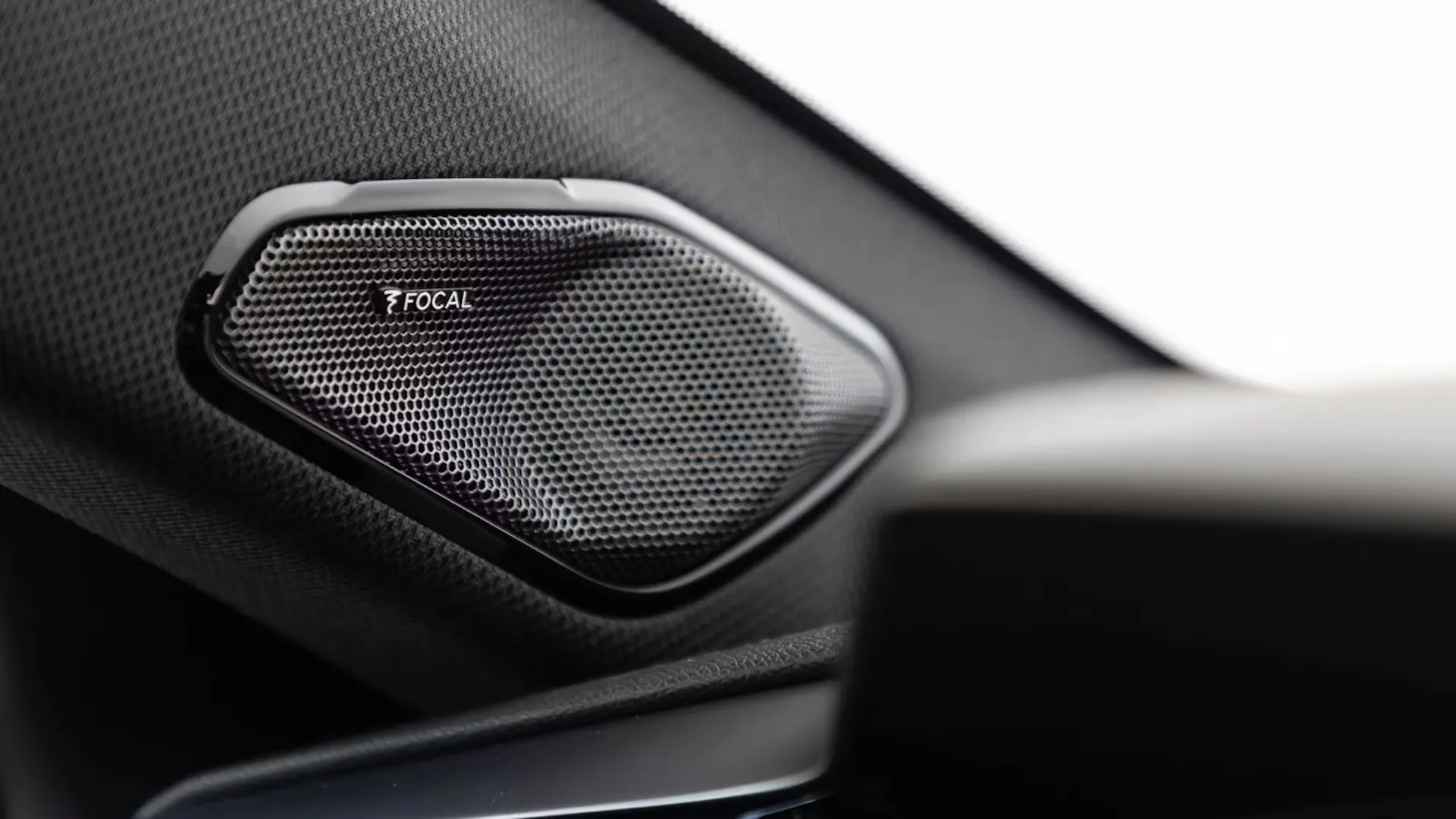
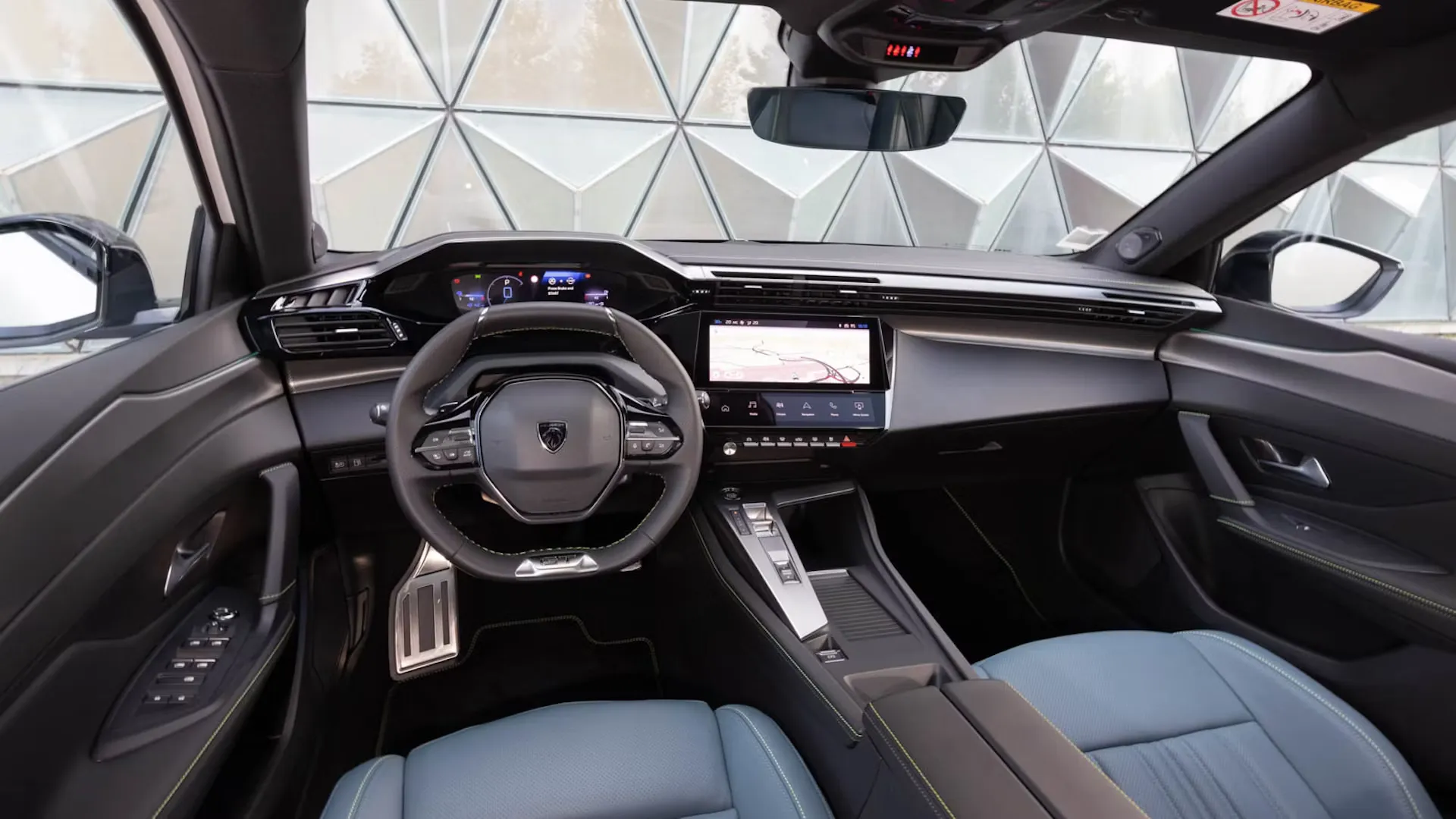
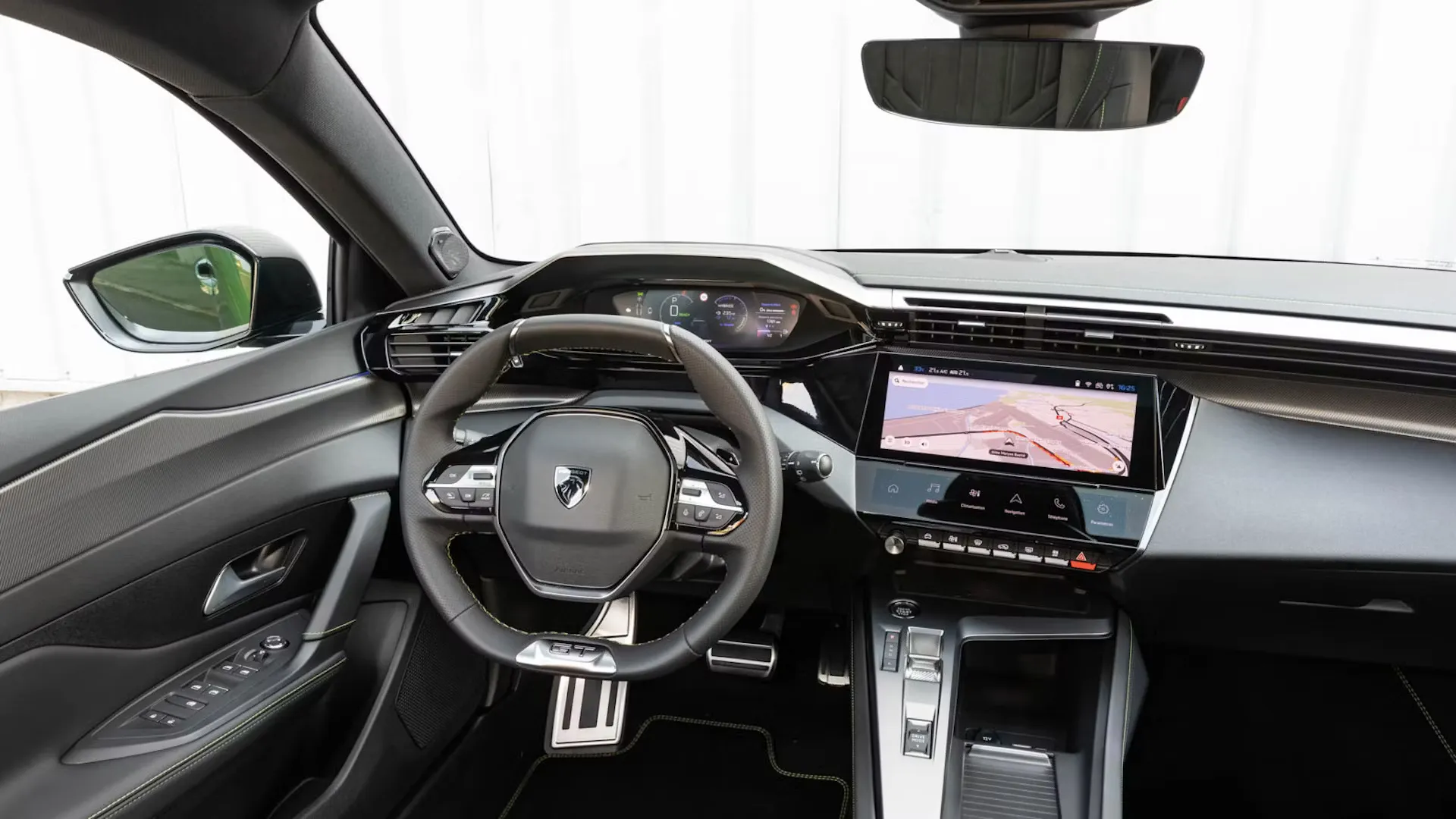
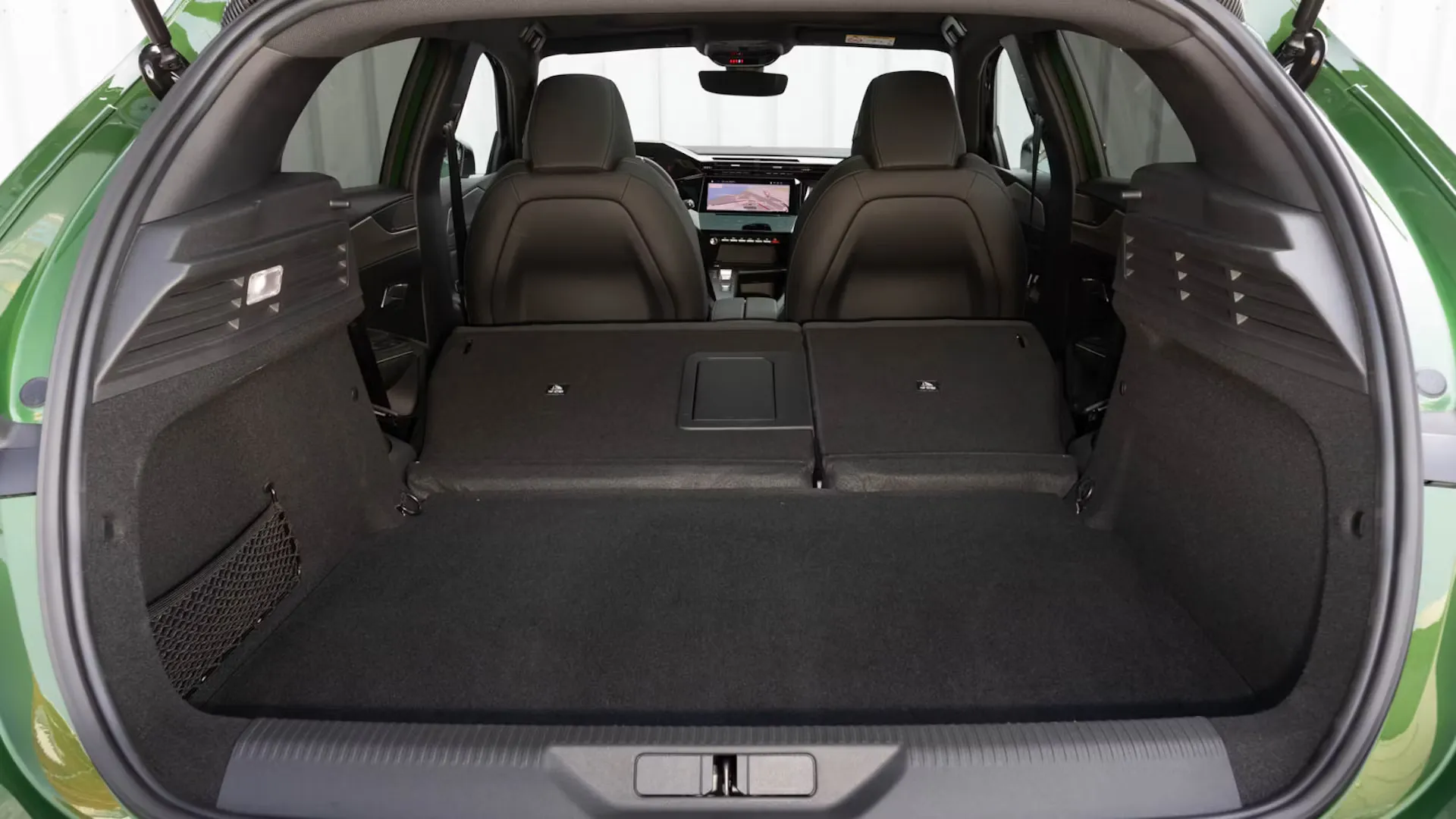

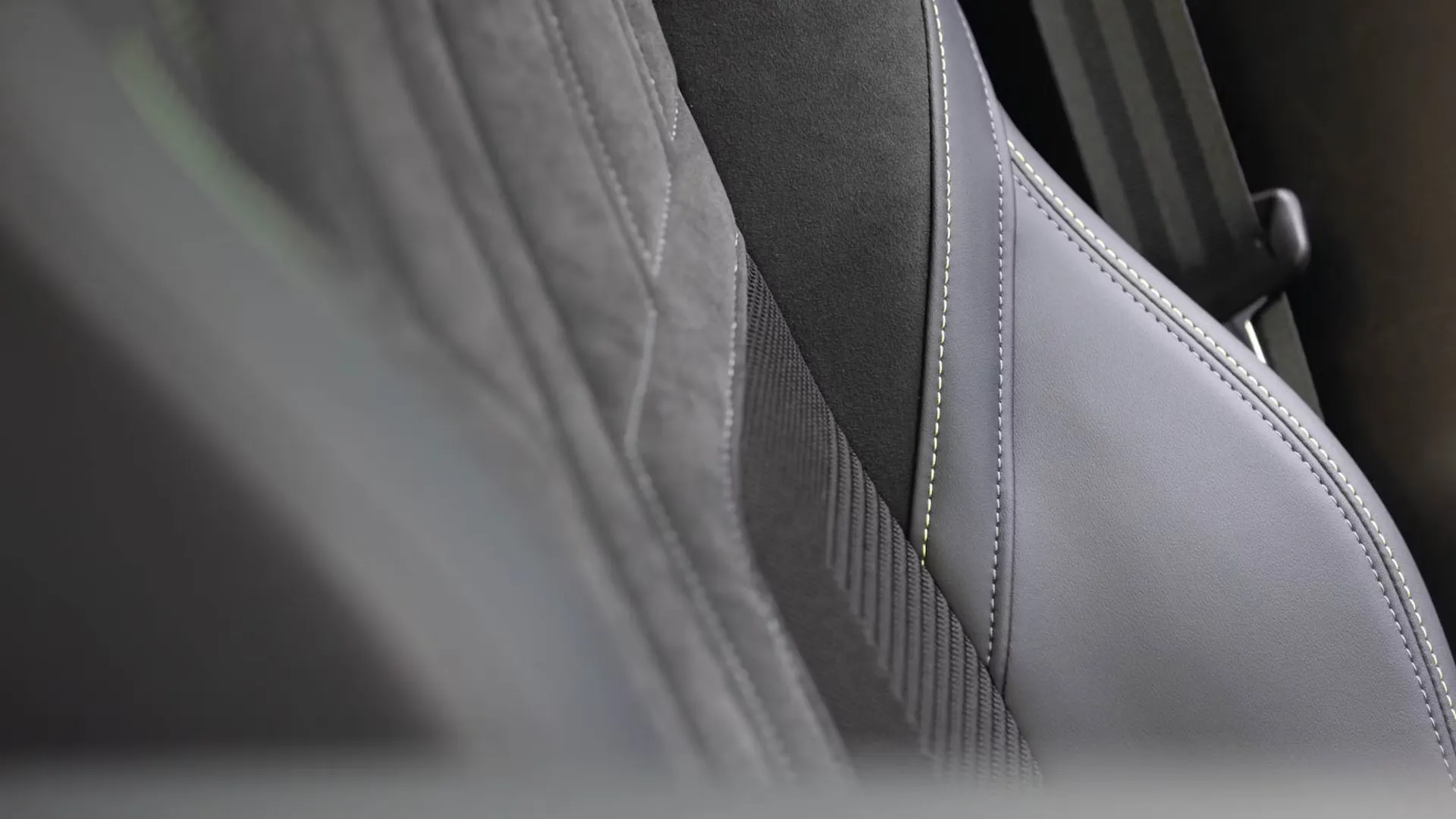
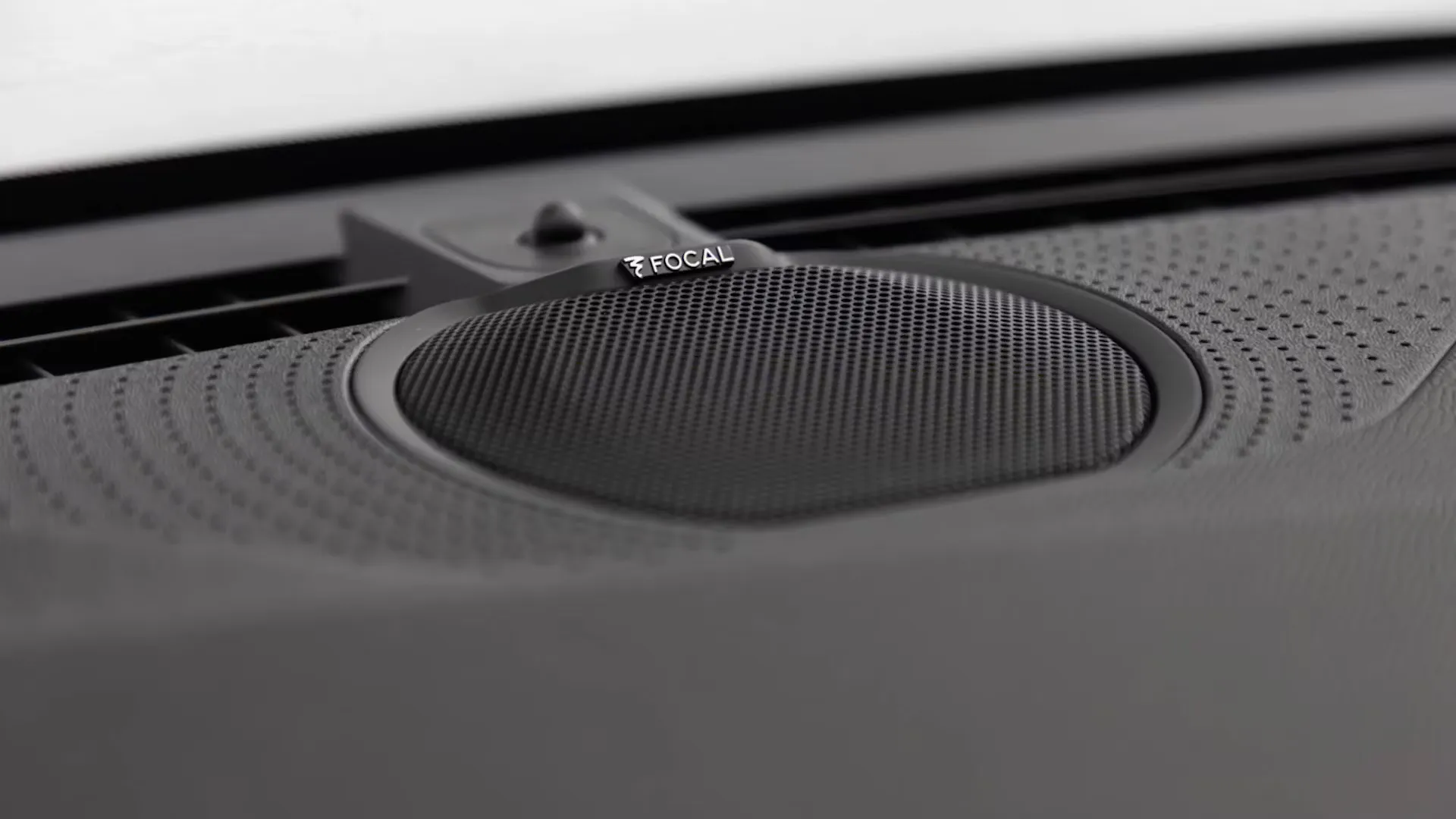
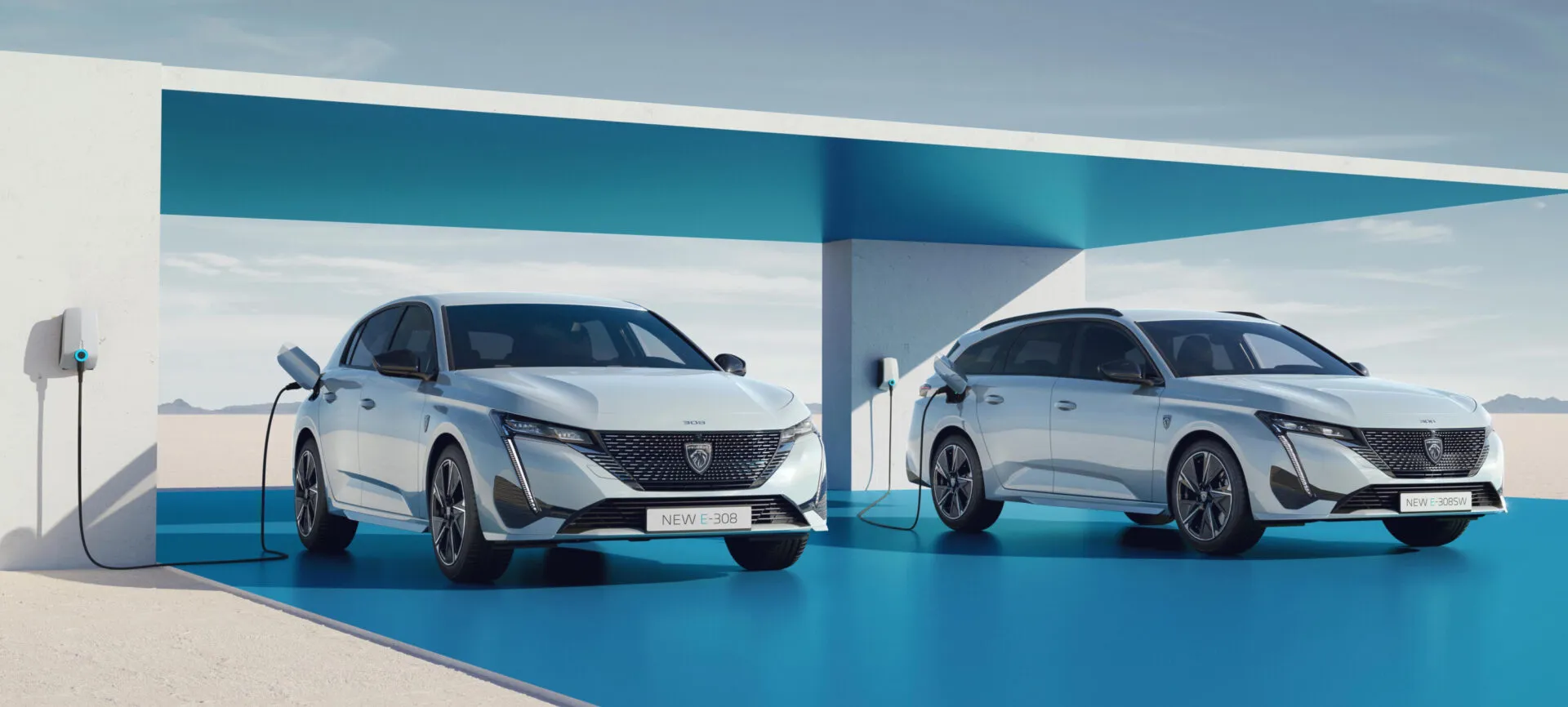
Author: Fabio Isidoro
Founder and editor-in-chief of Canal Carro, he dedicates himself to exploring the automotive universe with depth and passion. A car and technology enthusiast, he produces technical content and in-depth analyses of national and international vehicles, combining quality information with a critical eye for the public.

